After a slight lull there, with few new intakes, this week saw an influx of guests at the LWR B&B.
First, though, let’s start with last week’s mystery (to you) bird. Everybody should know by now that he’s a blue jay! He was only a couple of days old when he was found on the ground, so as of today he’s about 12 days old. Look at the photos below, snapped every two days, to see how he’s grown in just a week! (Go back to last week’s update to remind yourself what he looked like on June 23, two days before this photo sequence started.) And as you can see in the video clips, he’s preening away at the keratin sheaths over his feathers!
Luckily, blue jays are intelligent birds, so he figured out very quickly that I was his new “parent” and he and I are getting along famously. He was another of this morning’s transfers to the flight pen.
When I received the bird, I took one look and started grinning. “I’ll be damned; it IS a crow!” And the decision to intervene was the right one. He was rail-thin, ravenous and massively thirsty. He perched on his water dish and drained it dry as soon as I got him home. He’s still not real sure he trusts me, but we’re getting there…
To my surprise, the finder handed me a bird I didn’t recognize, but the excitement at a previously un-rehabbed and unknown species was tempered by the fact that her left wing had been sheared off at the “wrist.” It was a fresh wound, still bleeding. I guessed the side-view mirror caught her, ripped off her wing and flung her to the shoulder of the road.
First things first—bleeding must be stopped and wound cleaned to see just how bad the damage actually was. Then I’d see about IDing her before I had to put her down.
This slender-bodied, elegant looking bird was sitting in a box with part of her wing missing. If she didn’t die from shock or blood loss, what were her chances? She’d probably never fly again, but would she make a good educational bird, given that they’re described as shy?
Her future is still uncertain. She could still suddenly develop an infection. She could die from the stress of captivity. She’ll probably never again fly well enough to make the annual migration to South America for the winter; her flight will likely never be good enough for that. On the flip side, she’s doing well enough now that I’m cautiously optimistic that she’ll survive and given her very calm demeanor right now (which could change drastically as she heals), she might make an excellent educational bird.
What I do know for sure right now is that I’m utterly captivated by this feathered beauty!
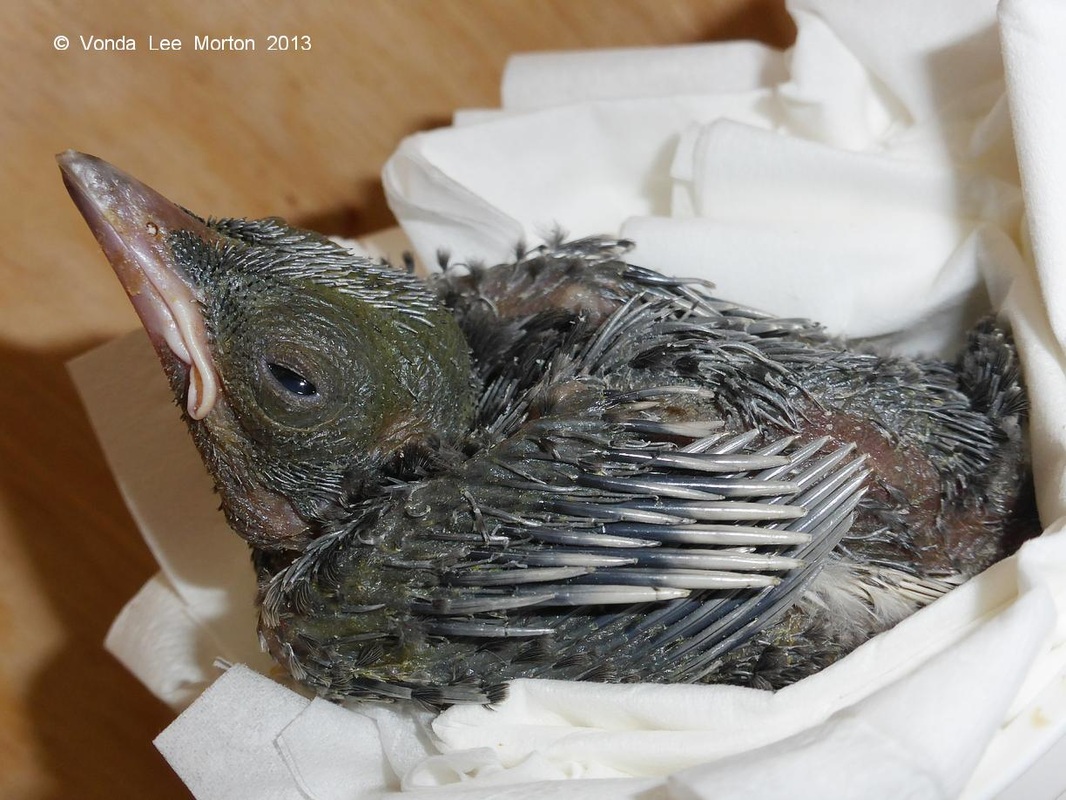

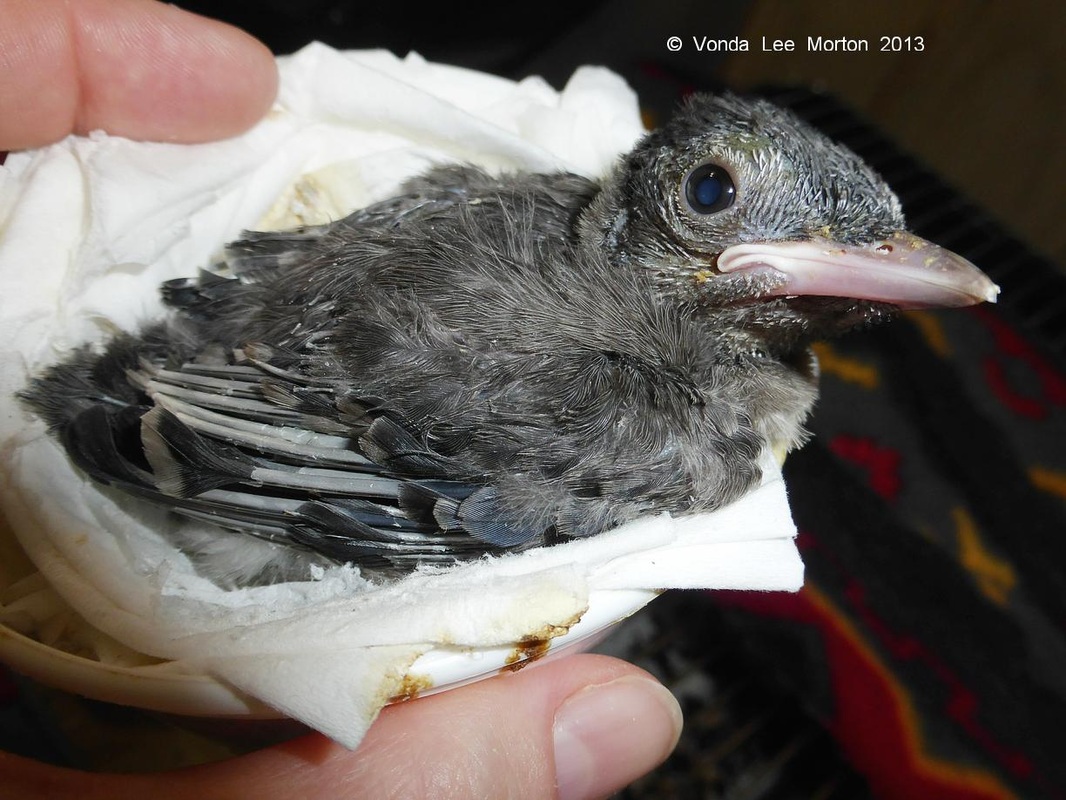
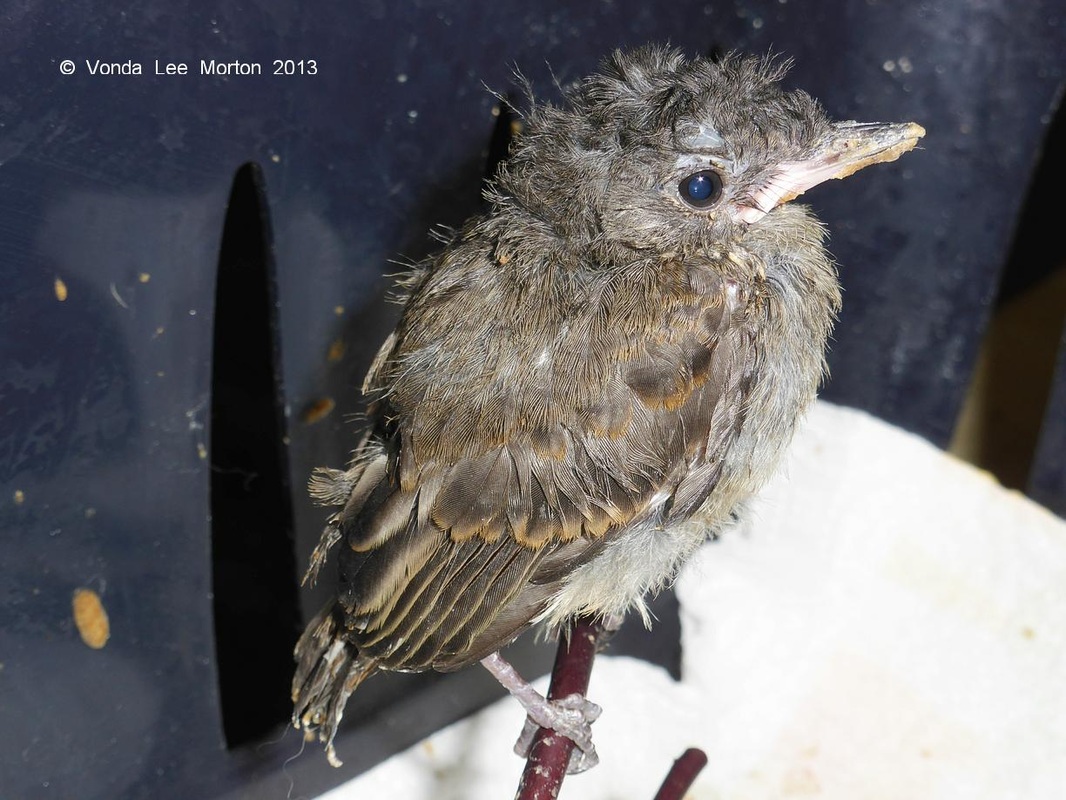
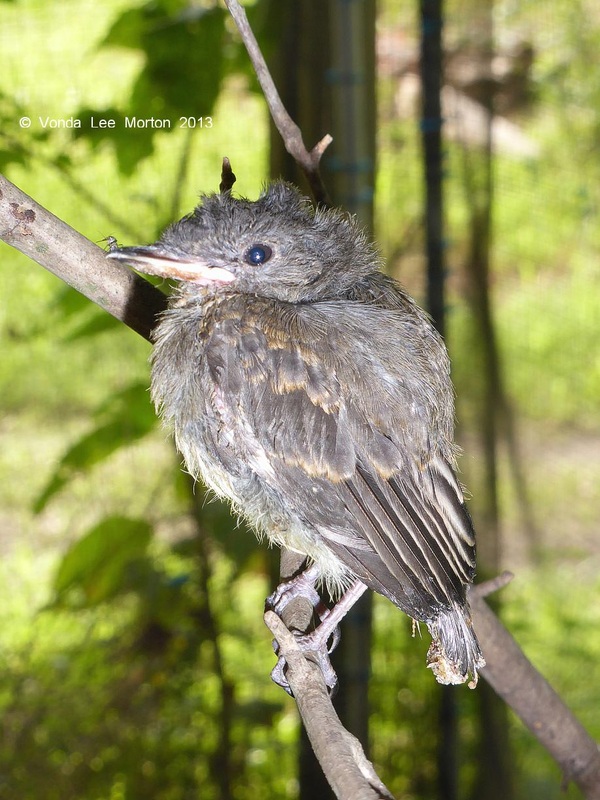
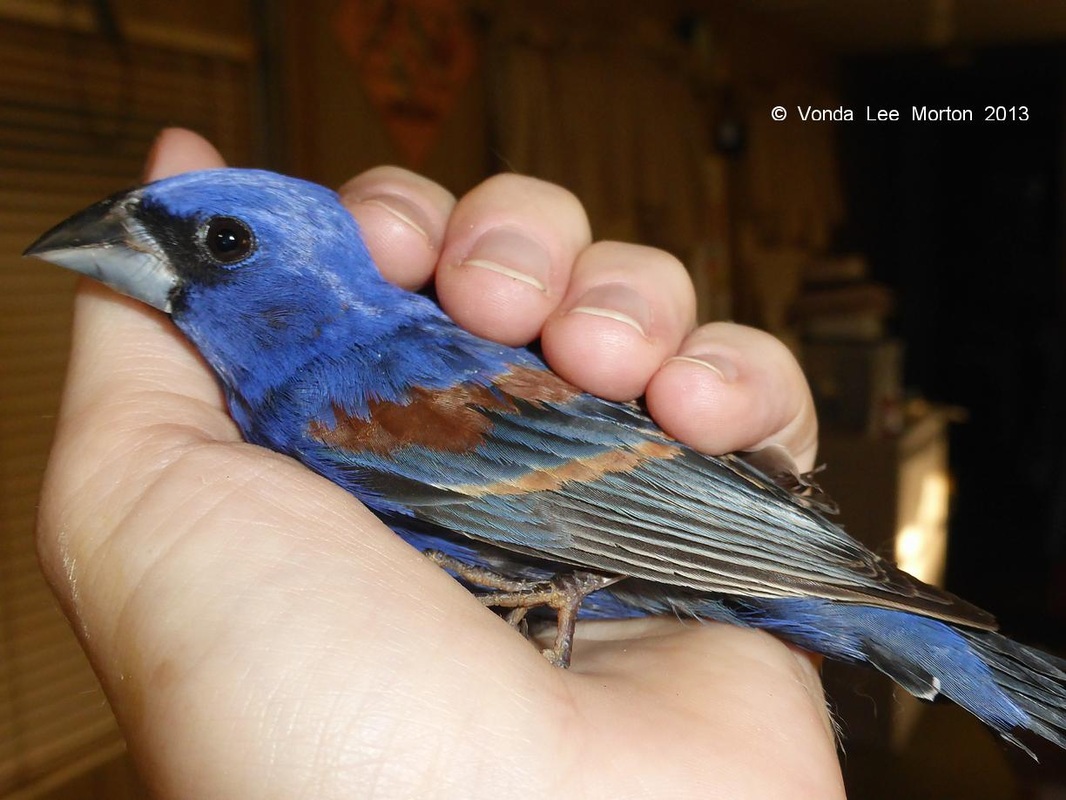
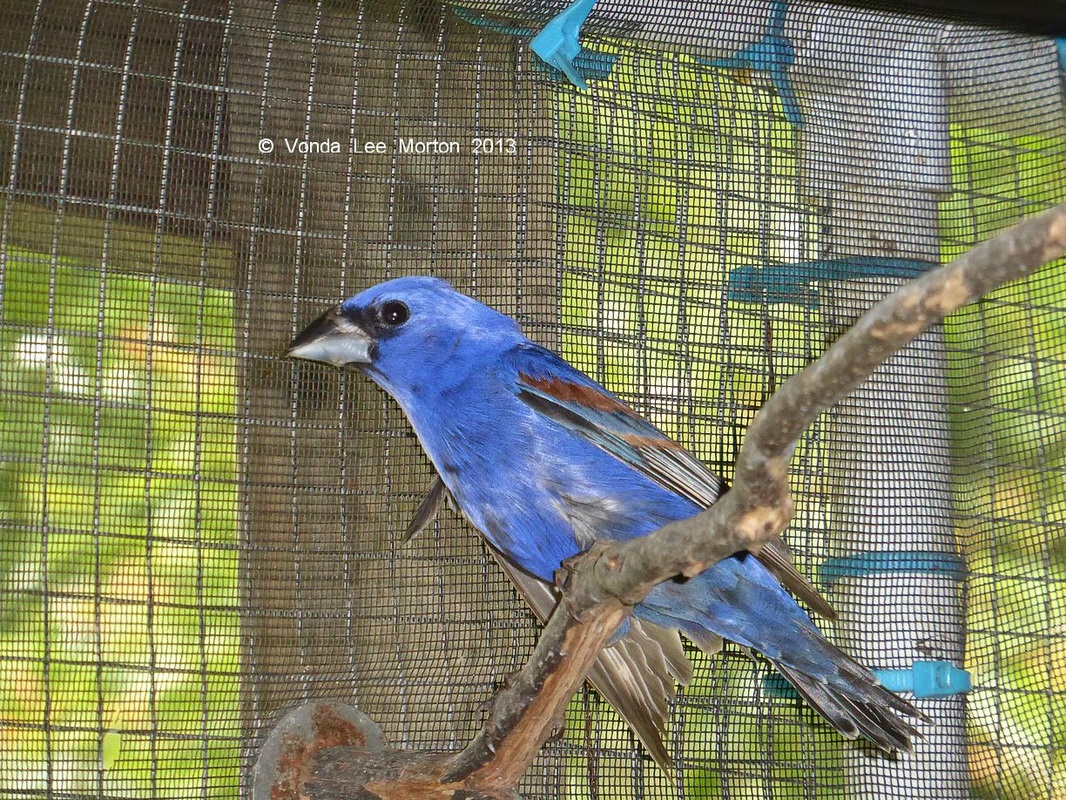
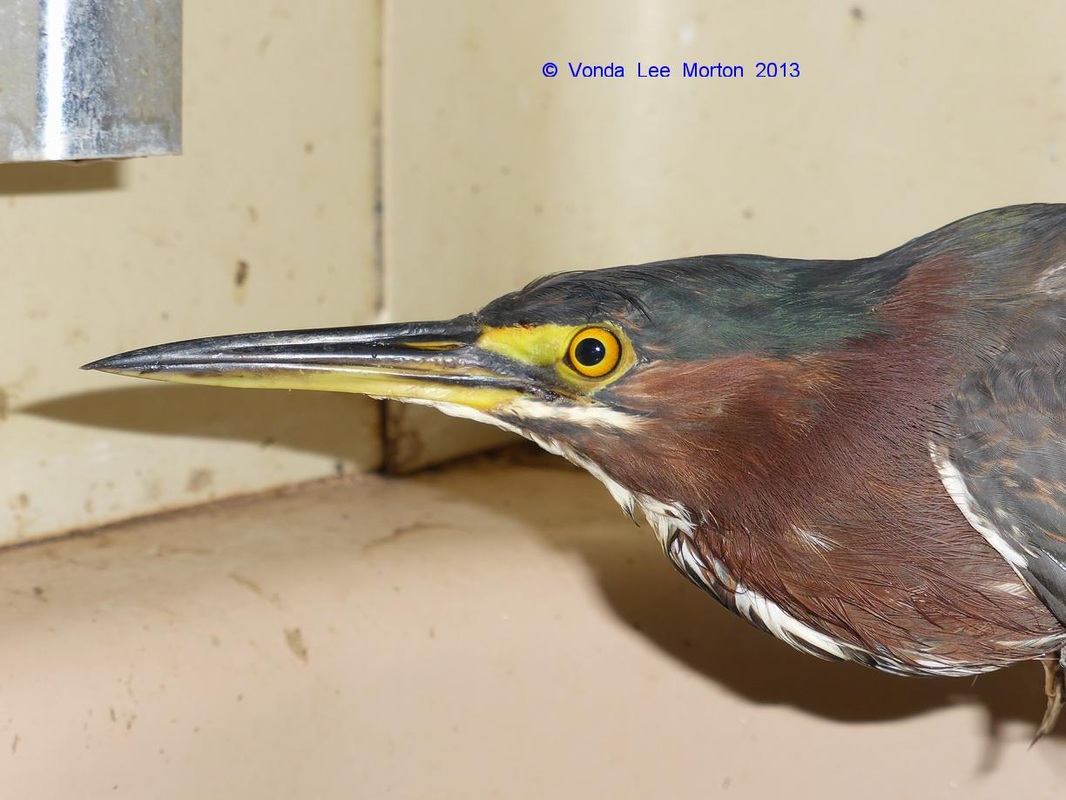
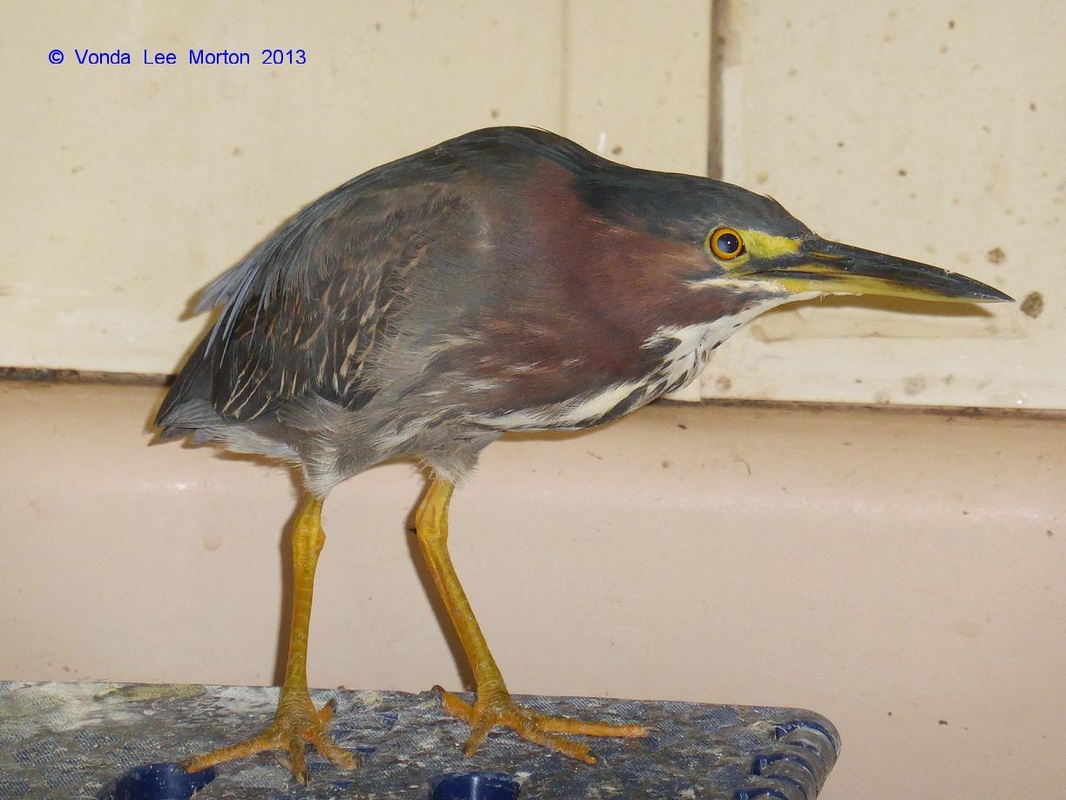
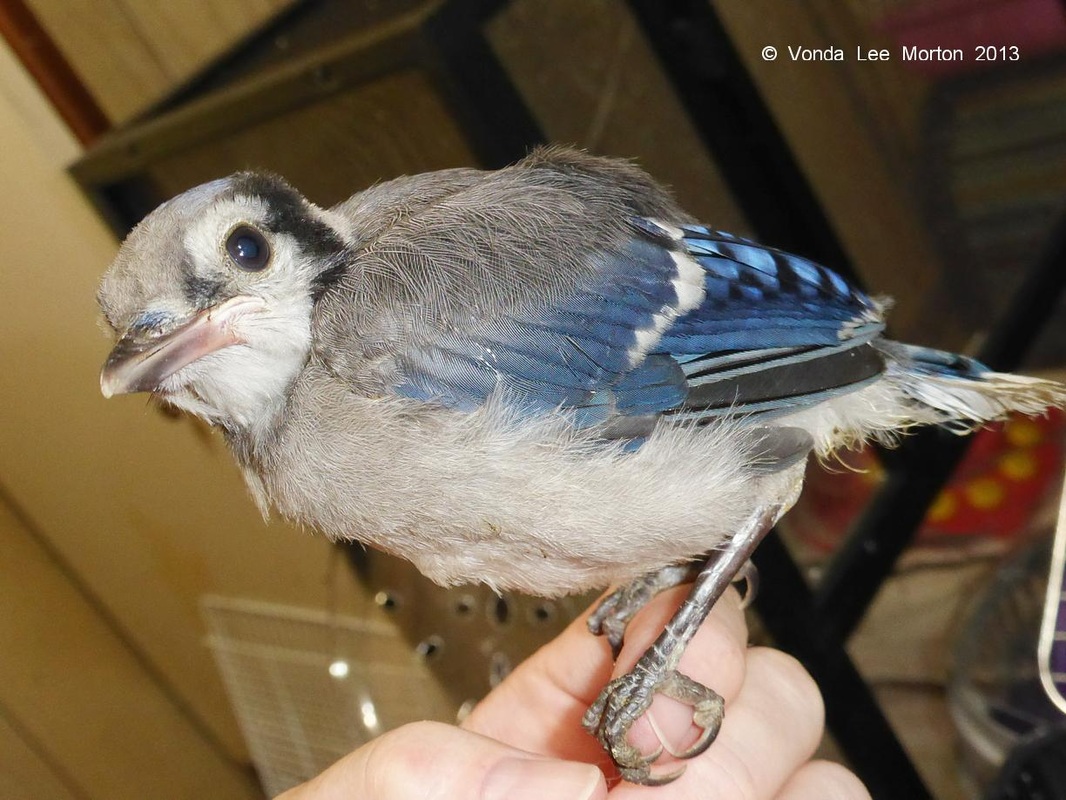
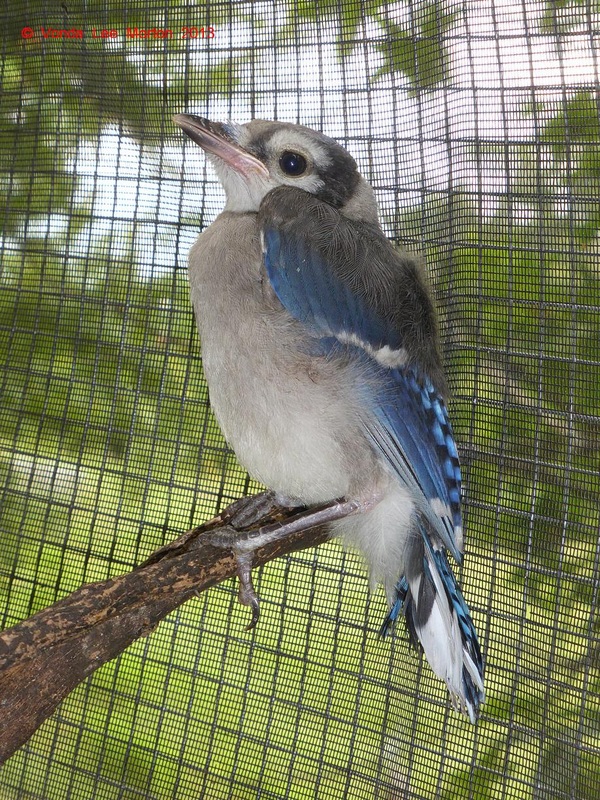
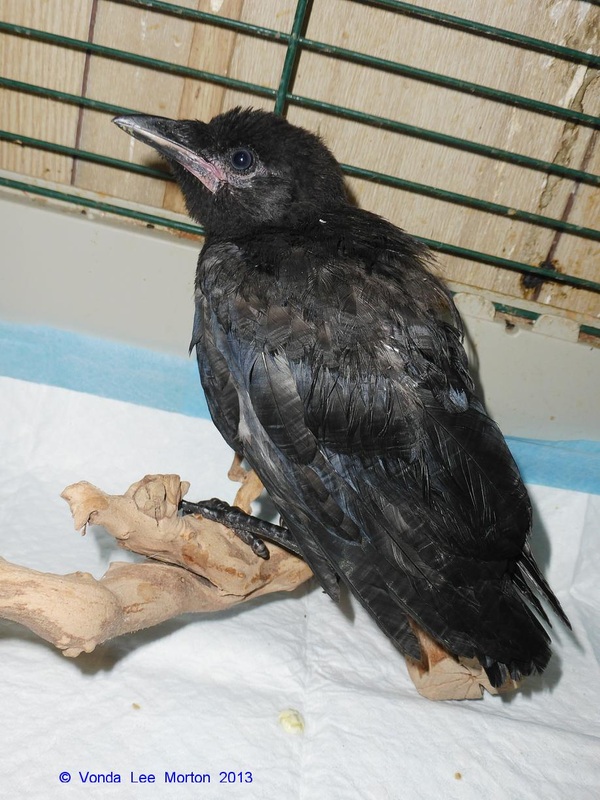
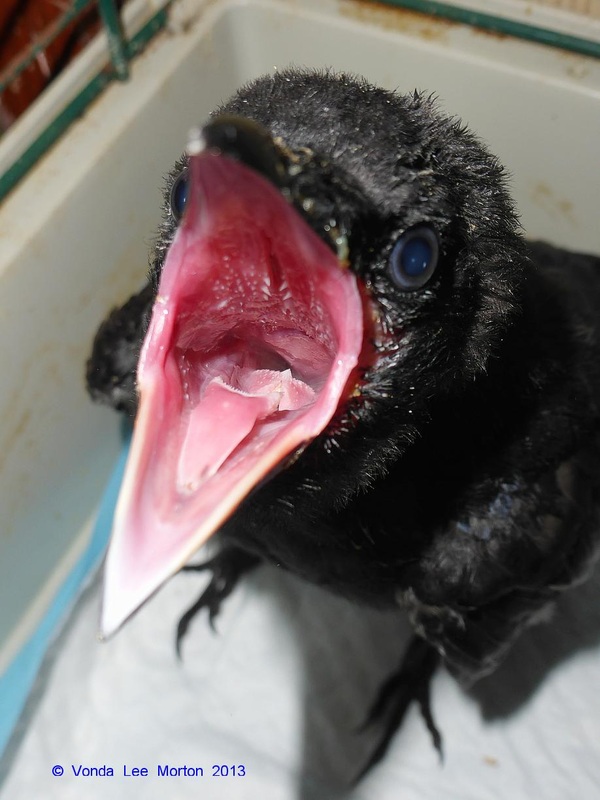
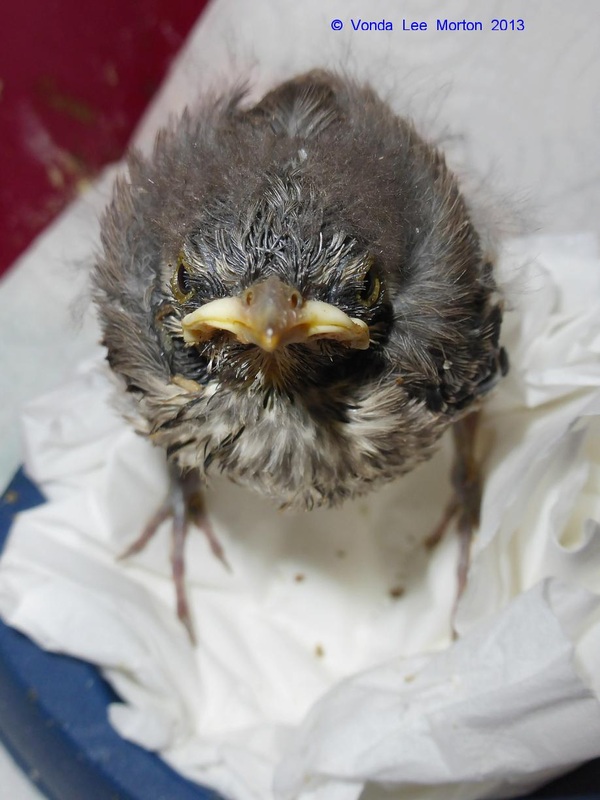
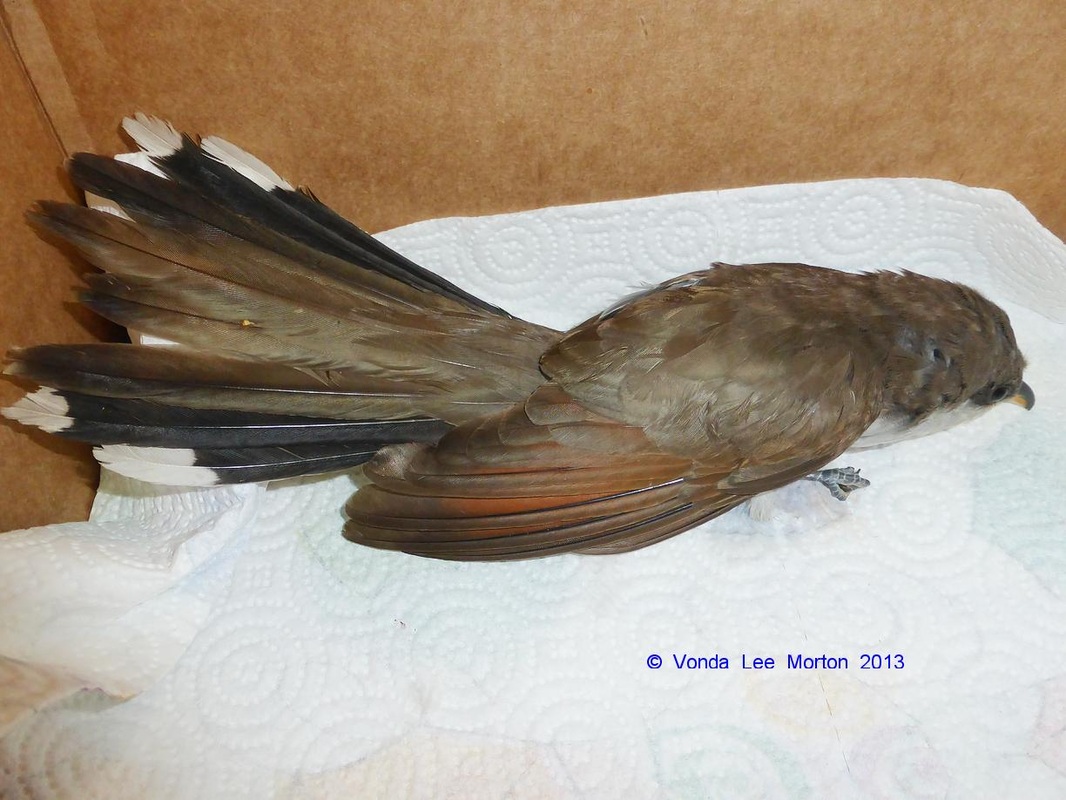
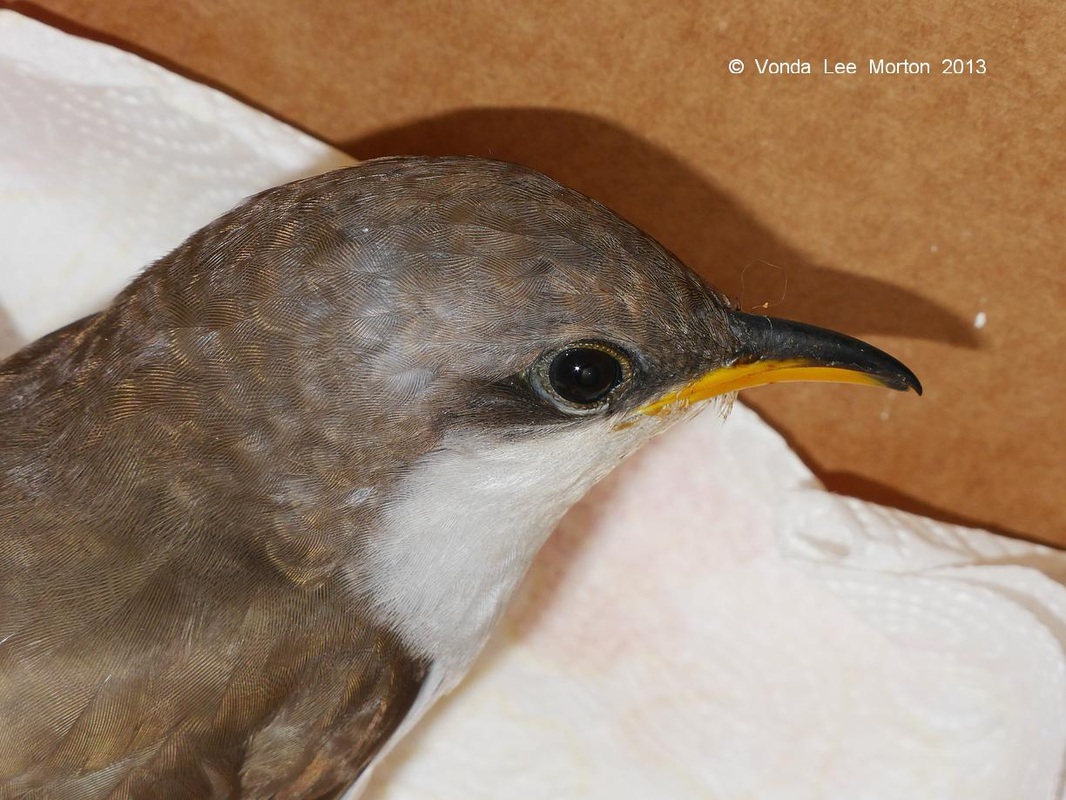
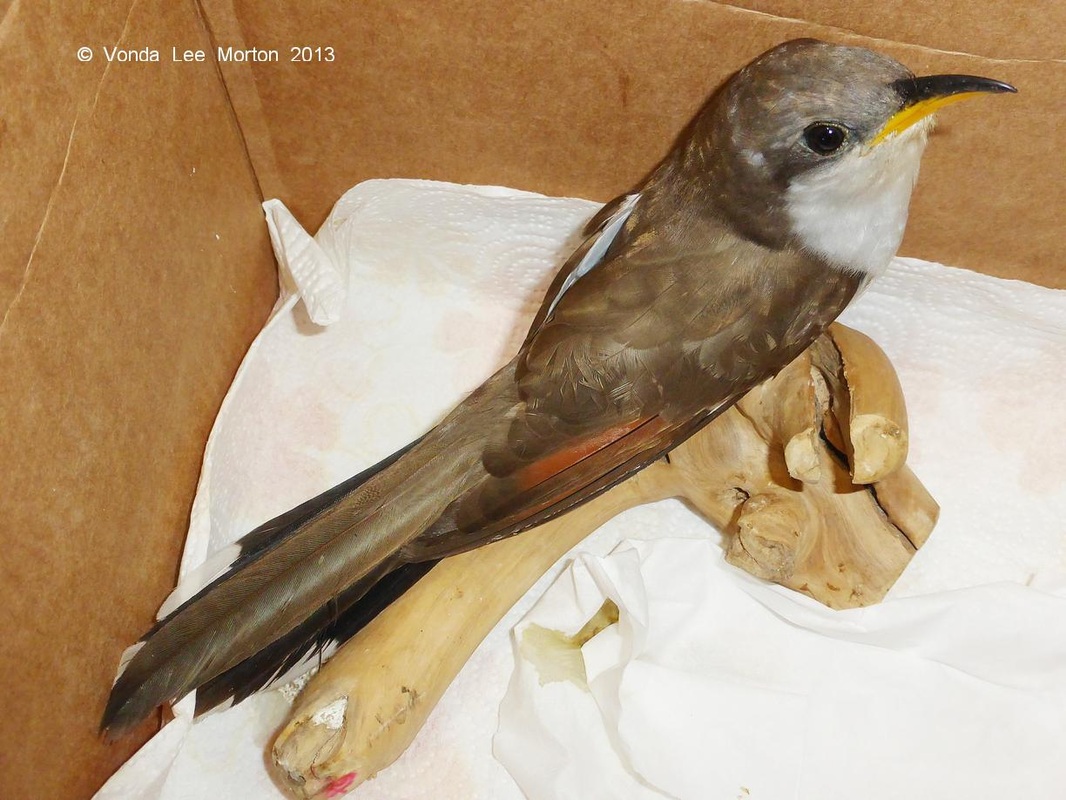
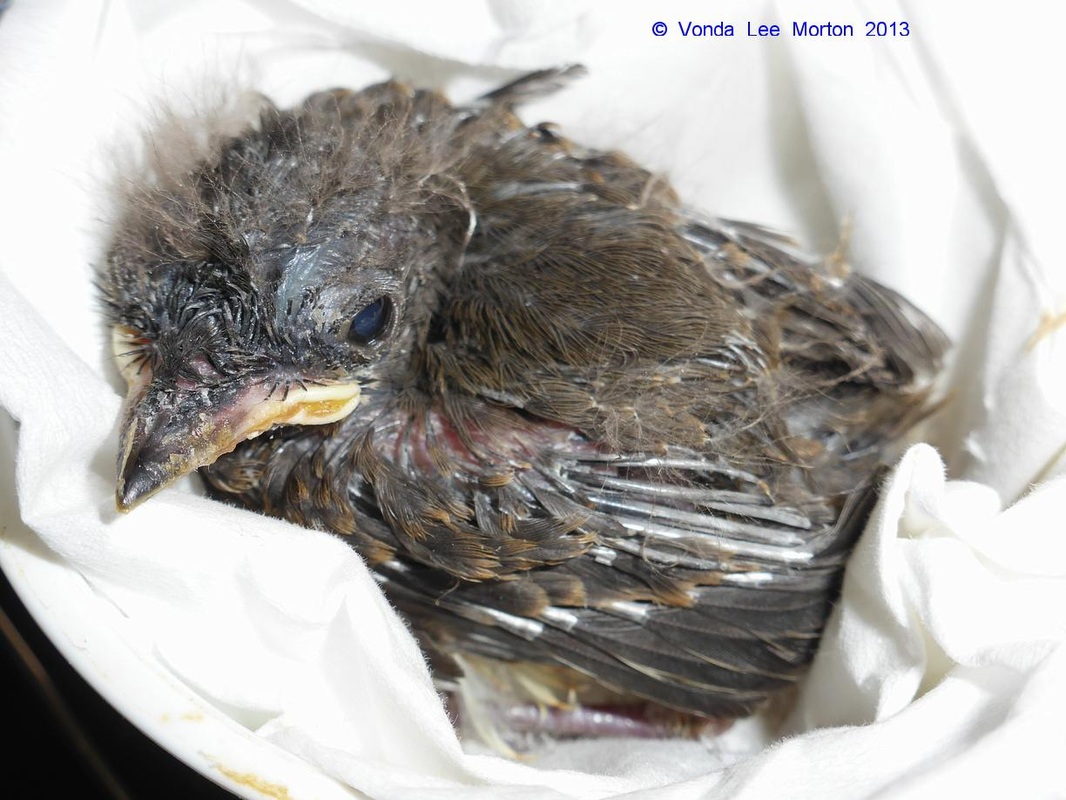
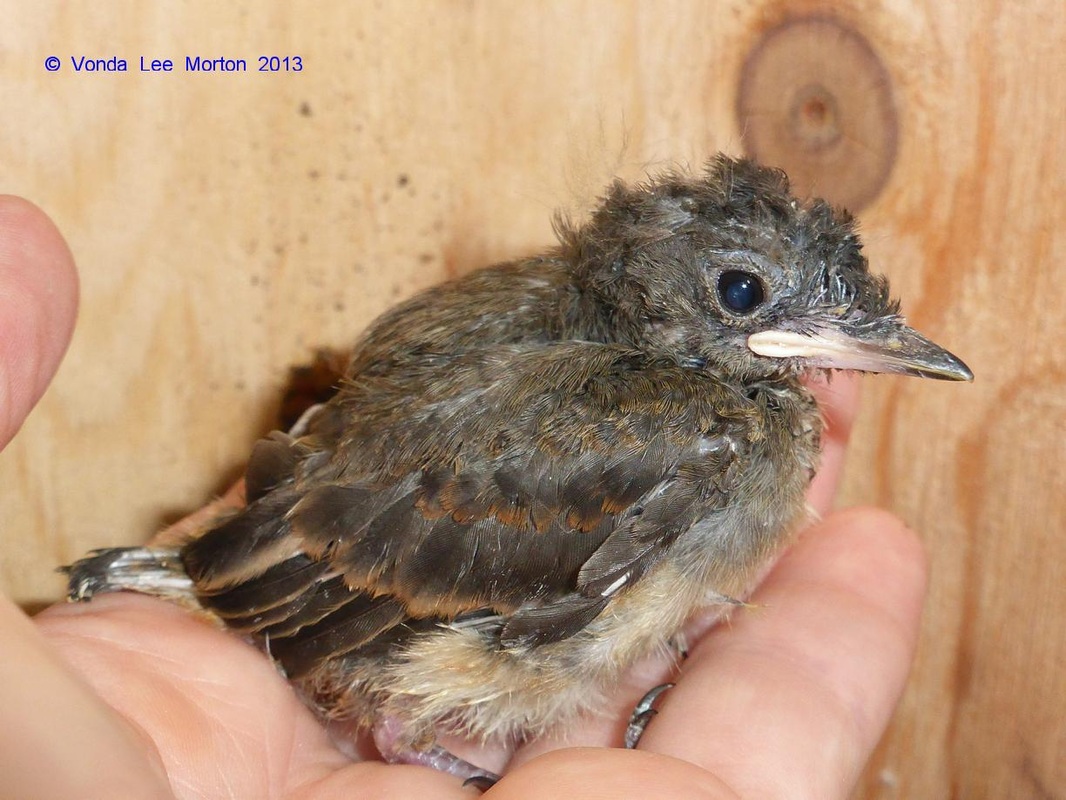
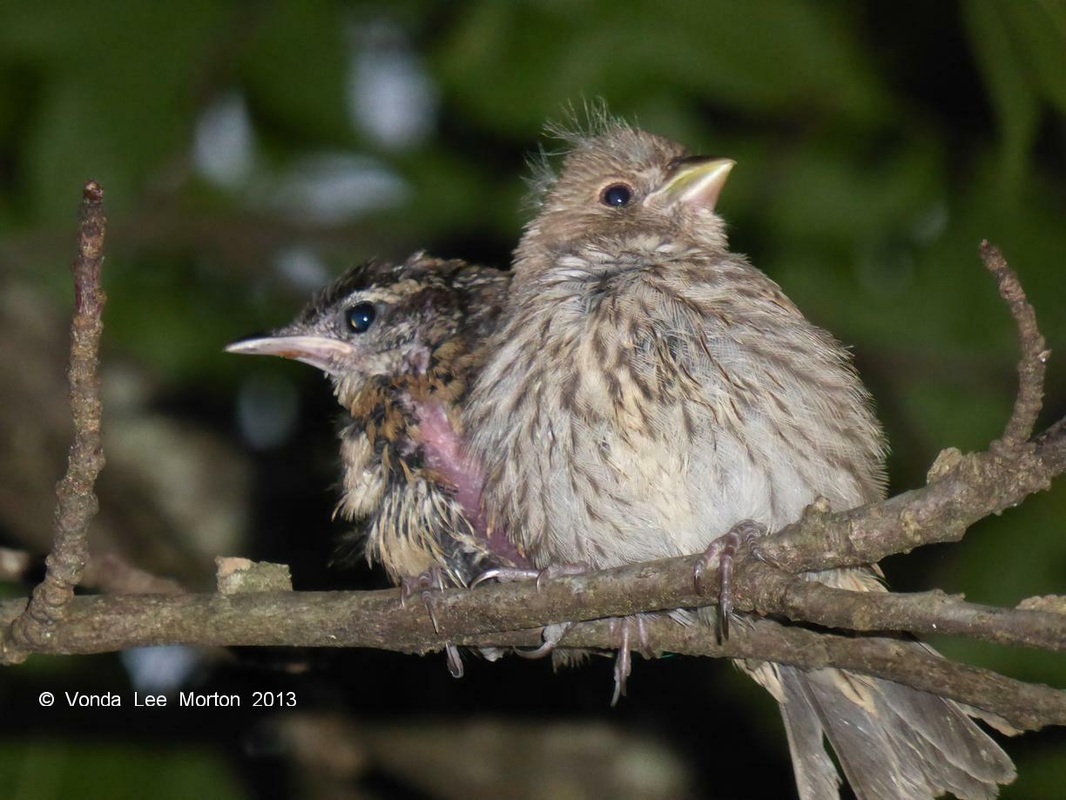
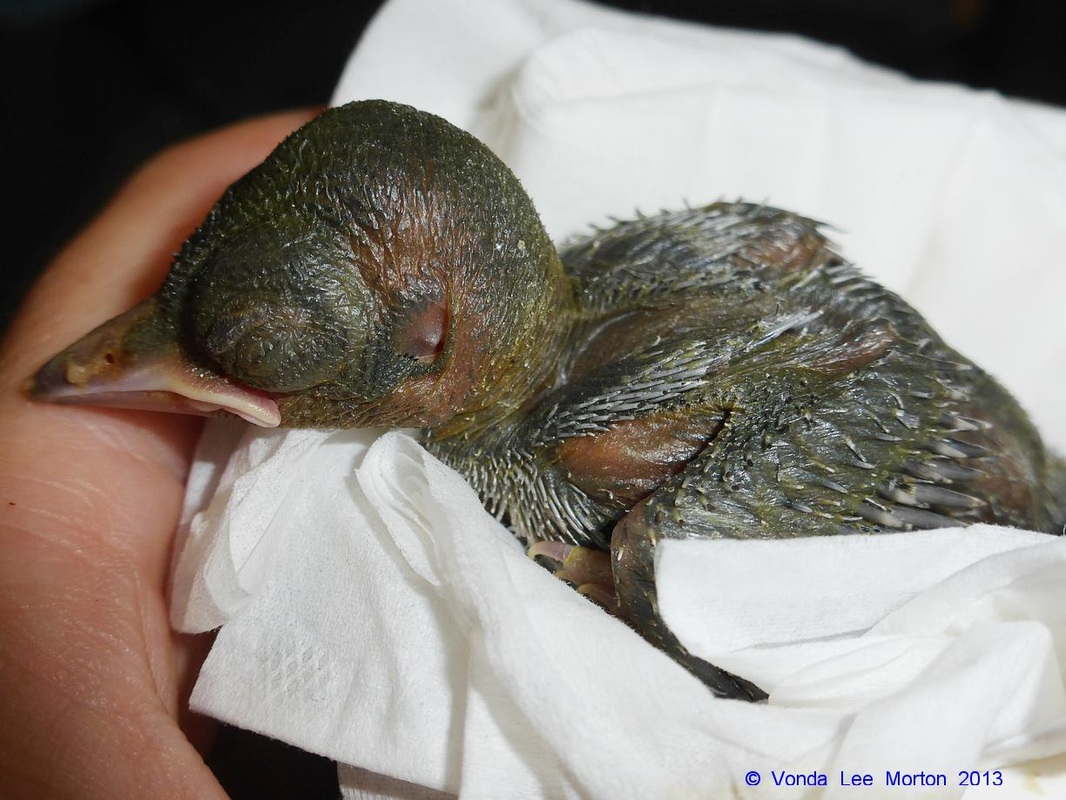
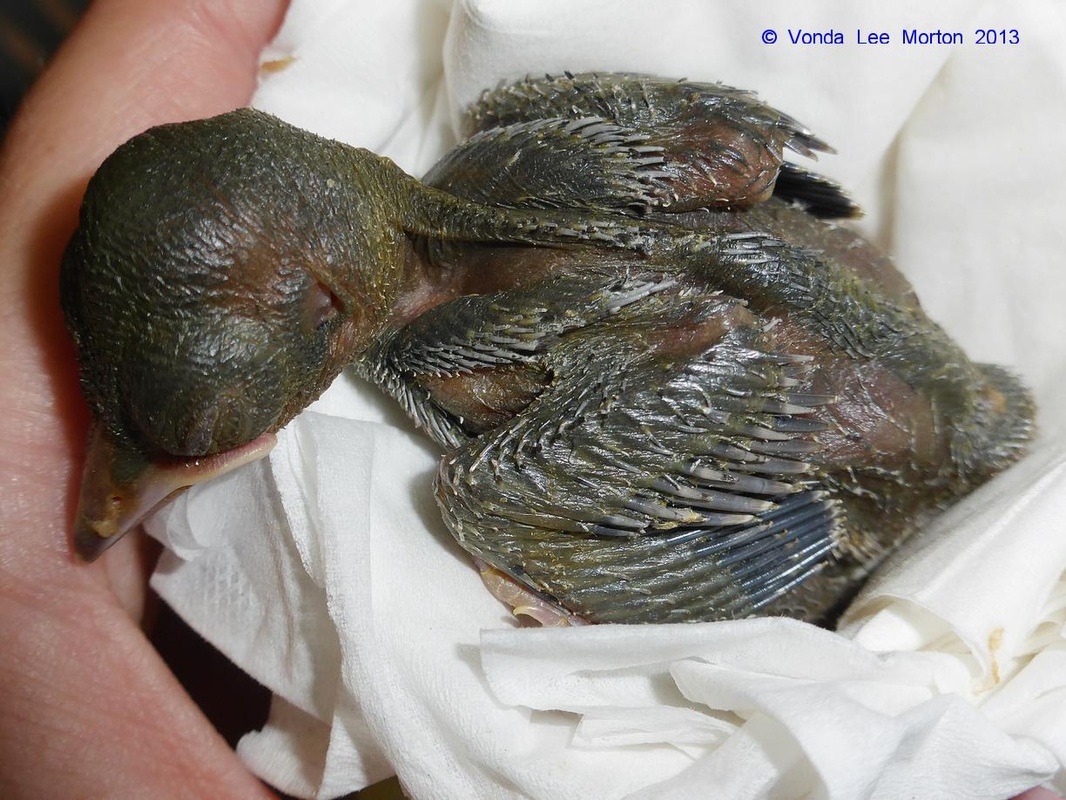
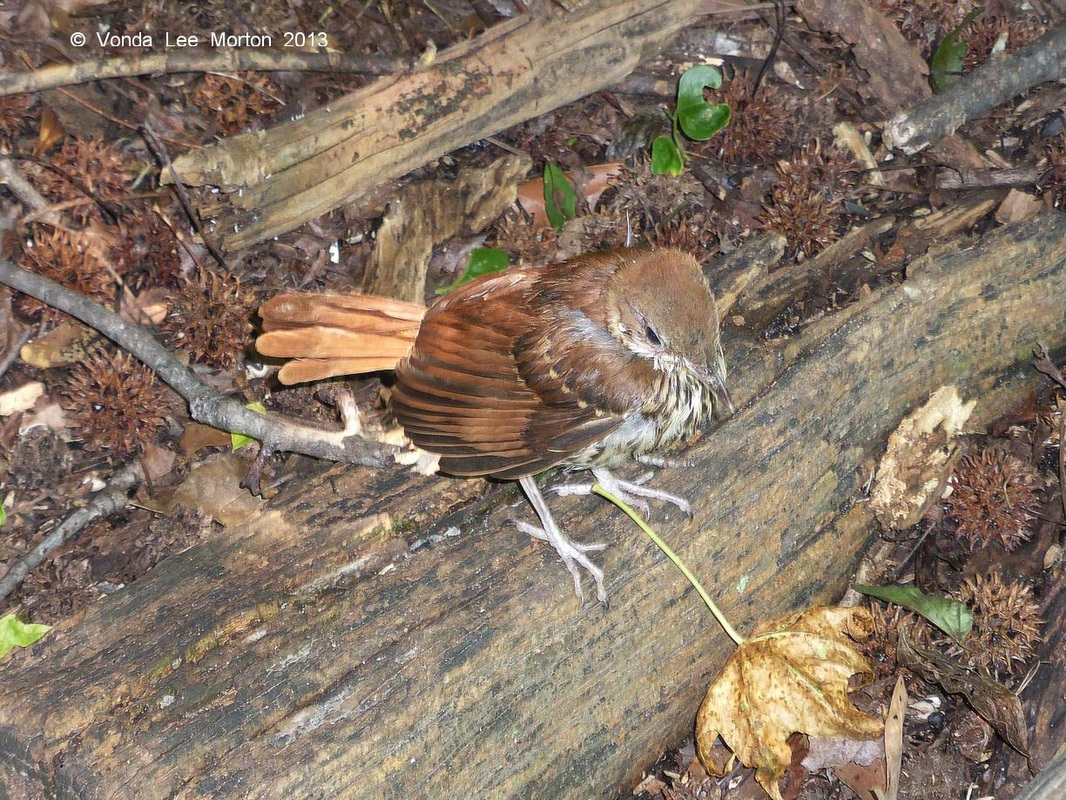
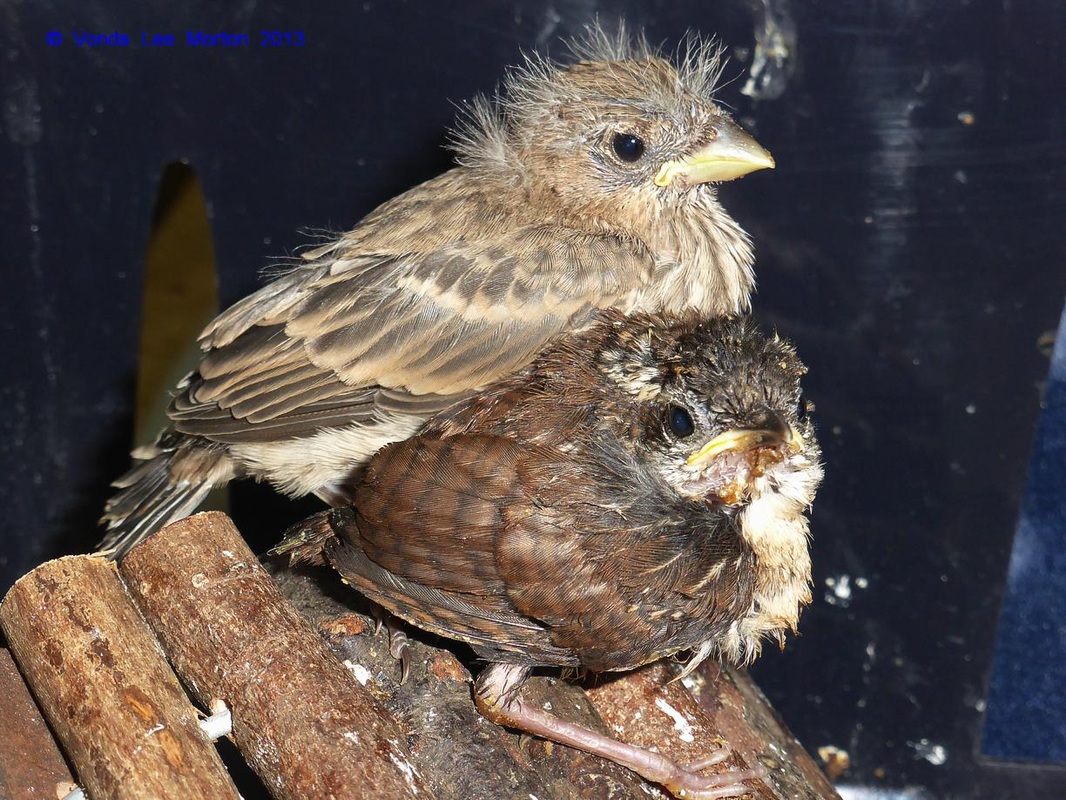

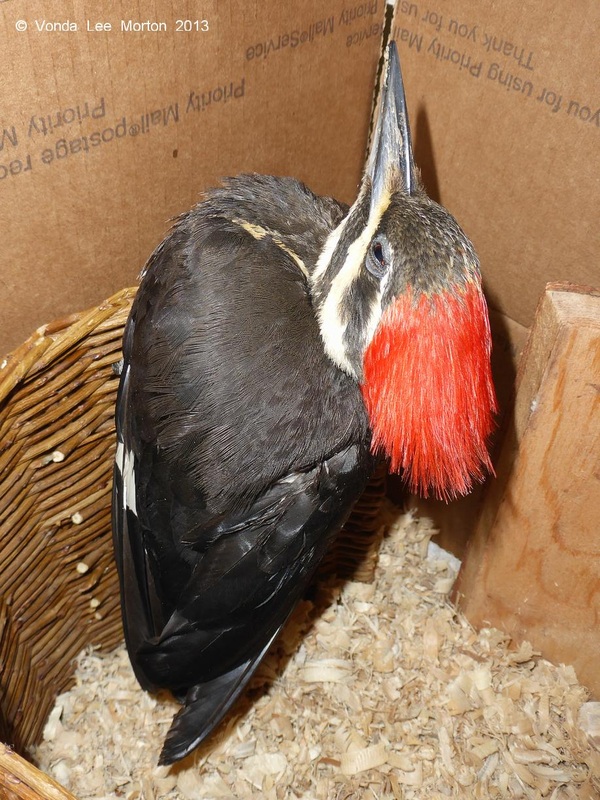
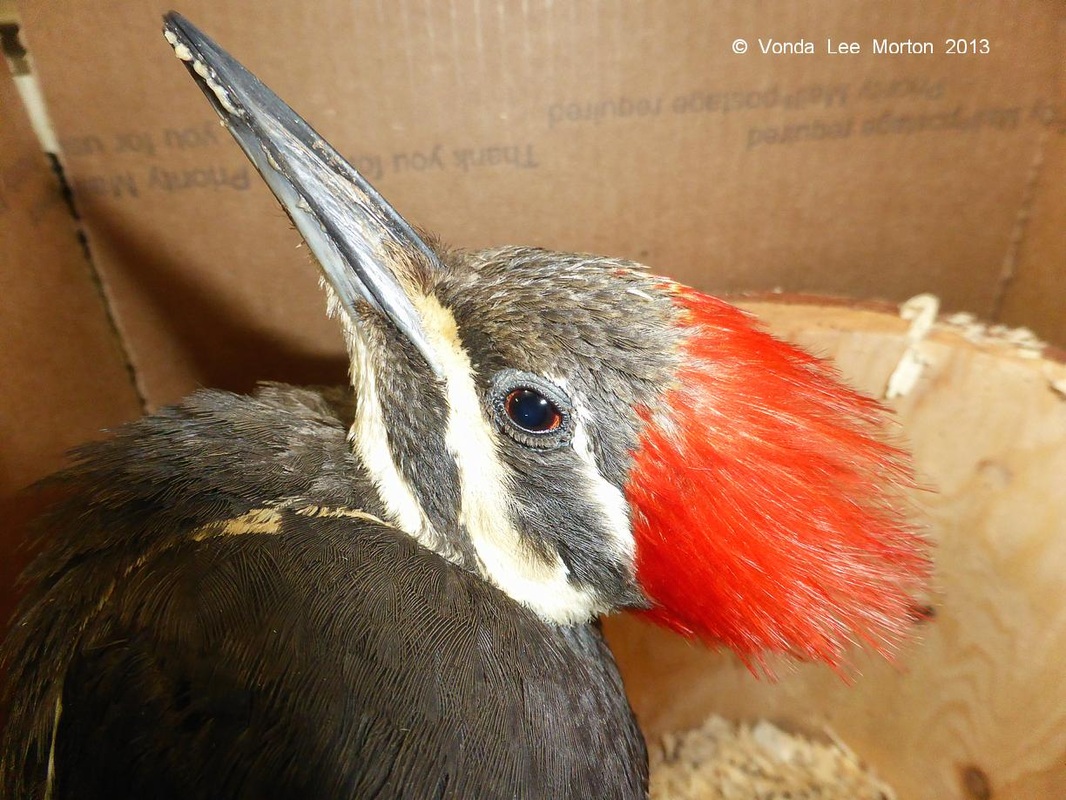
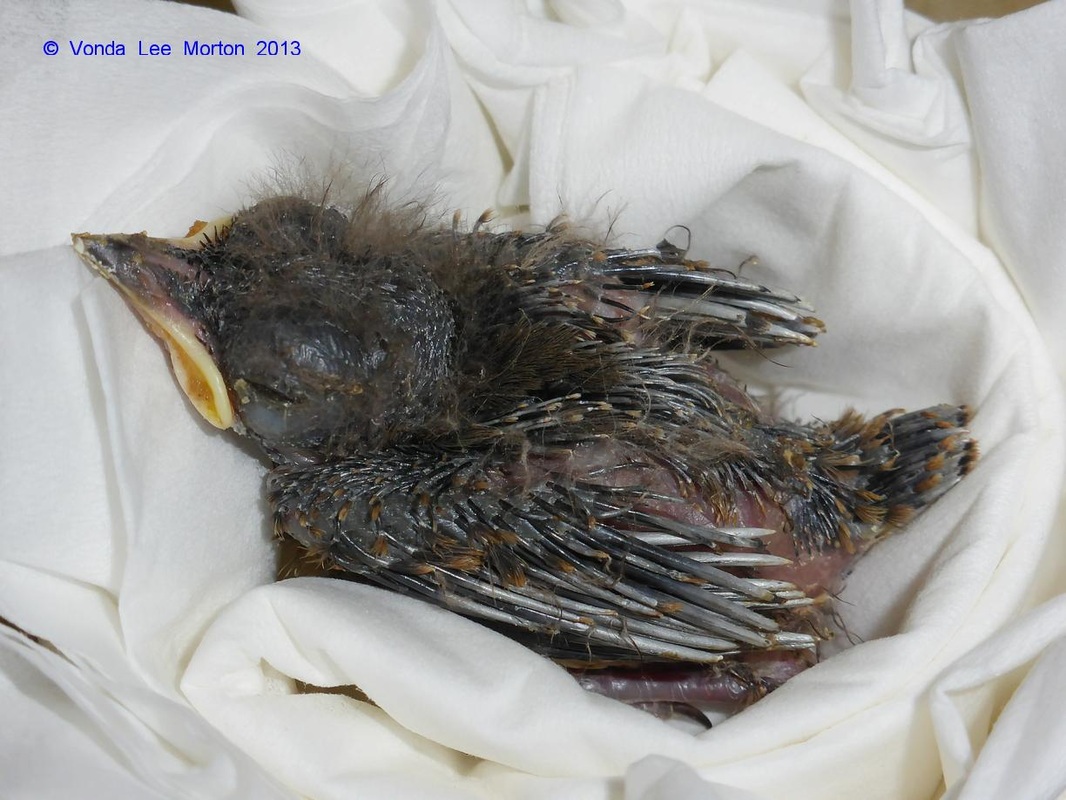
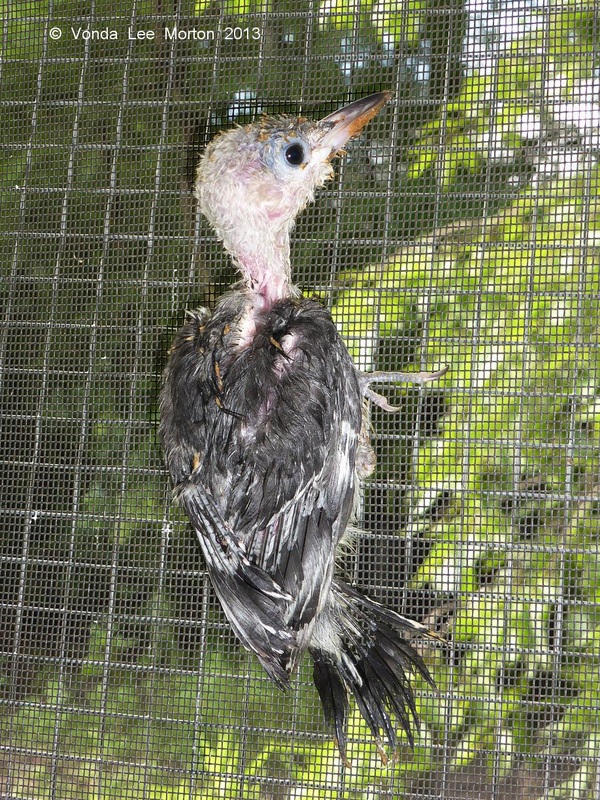
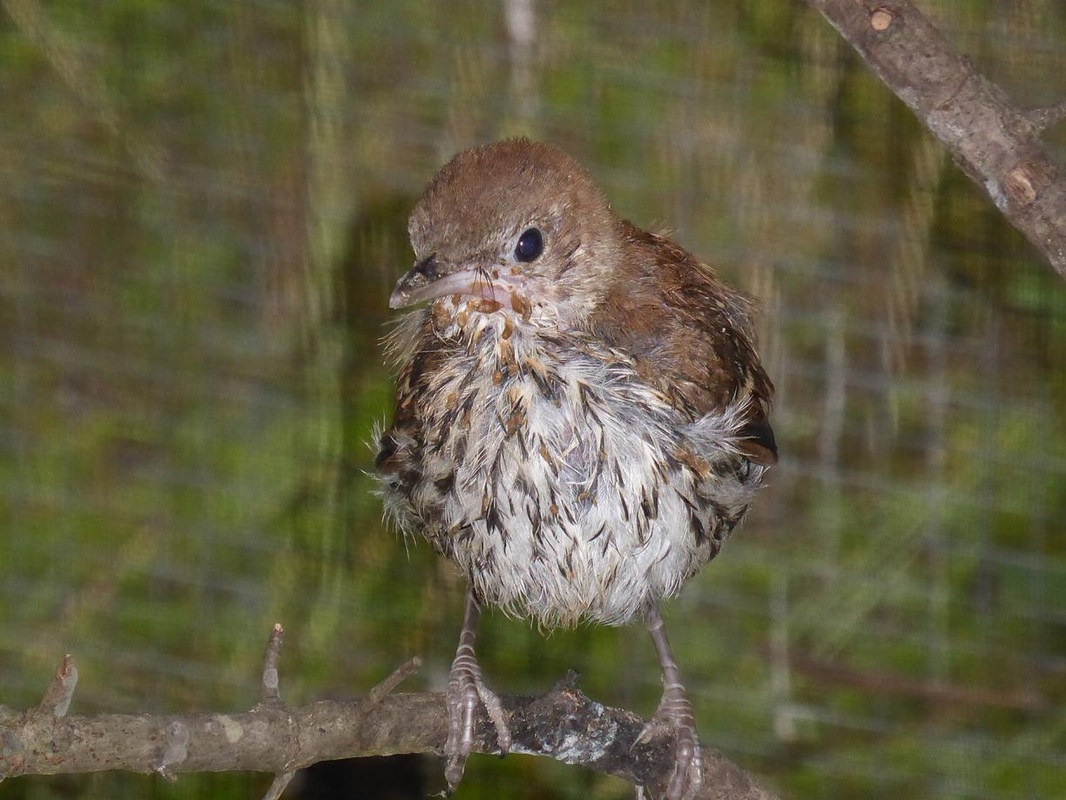
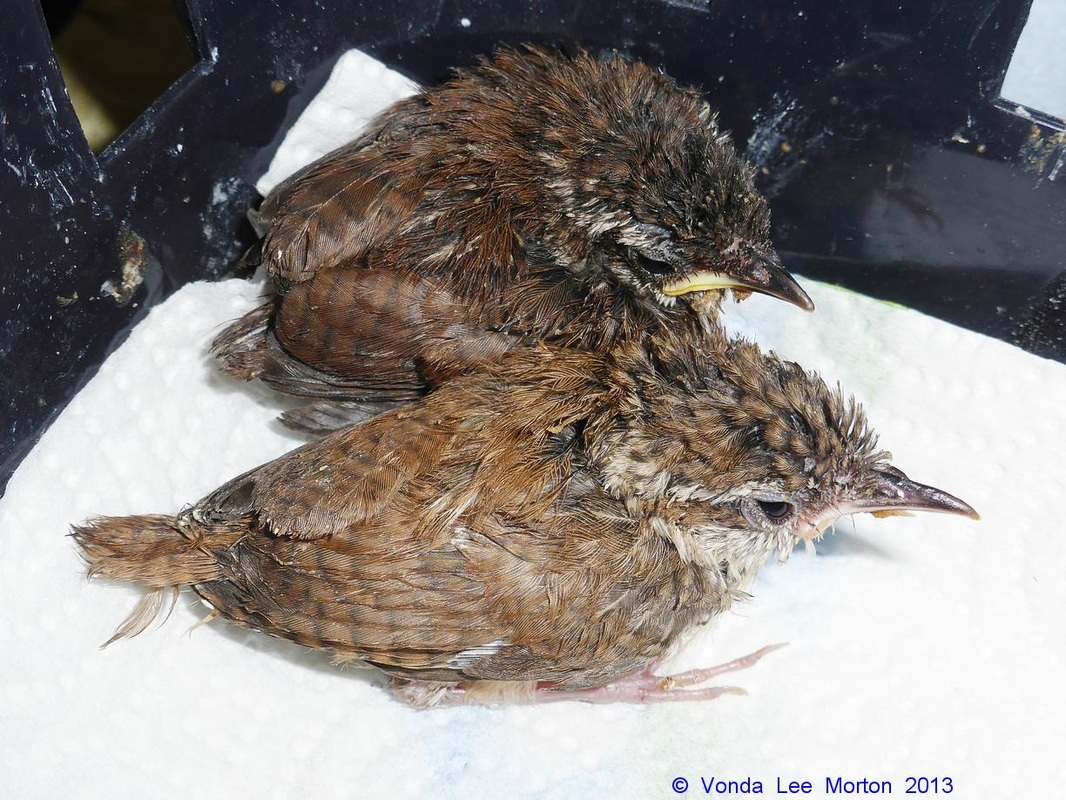
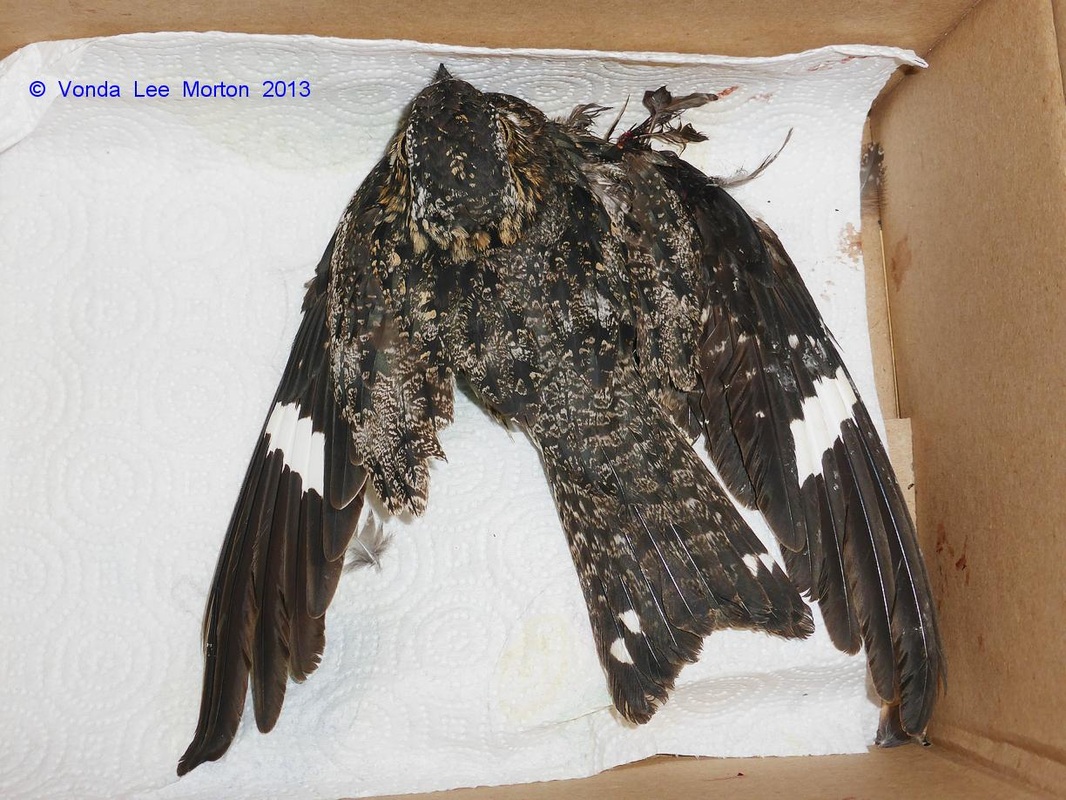
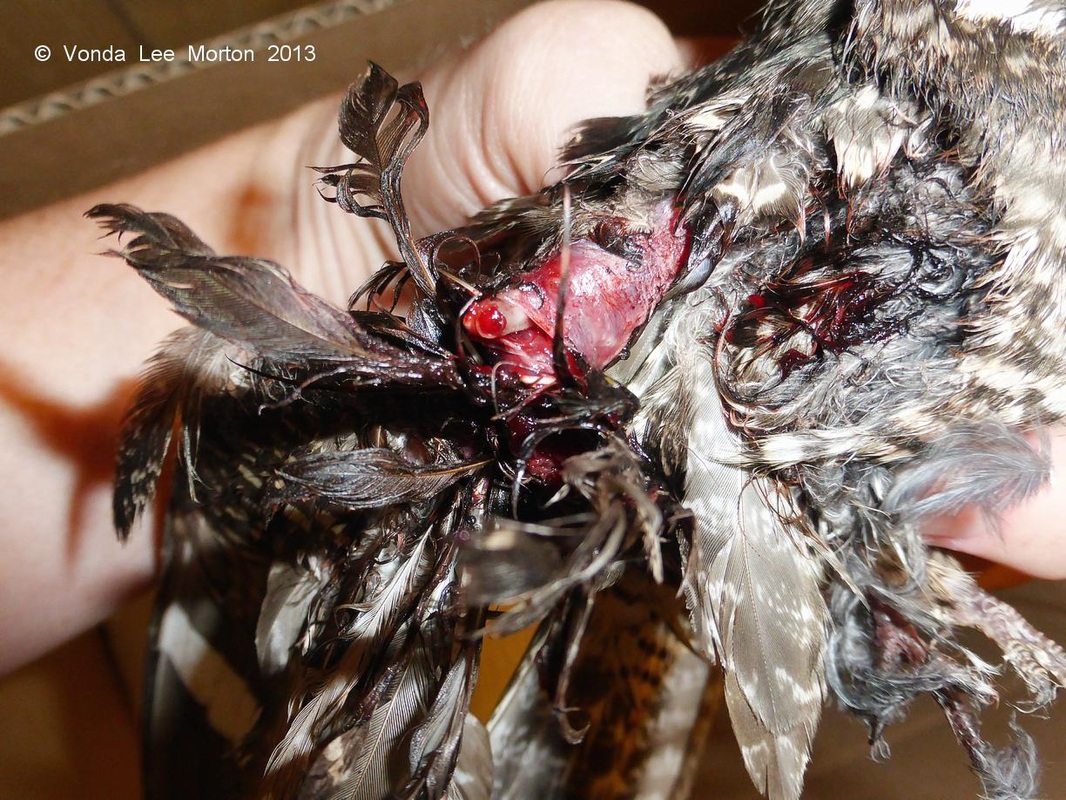
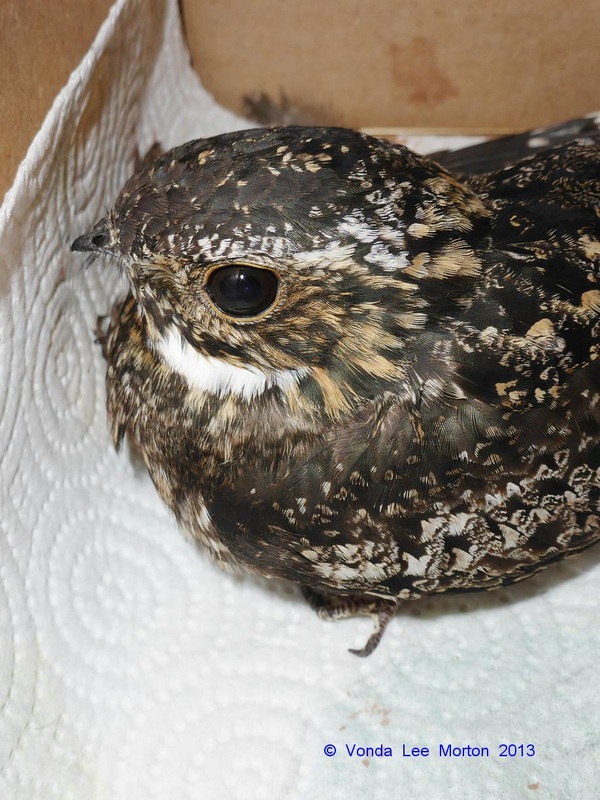
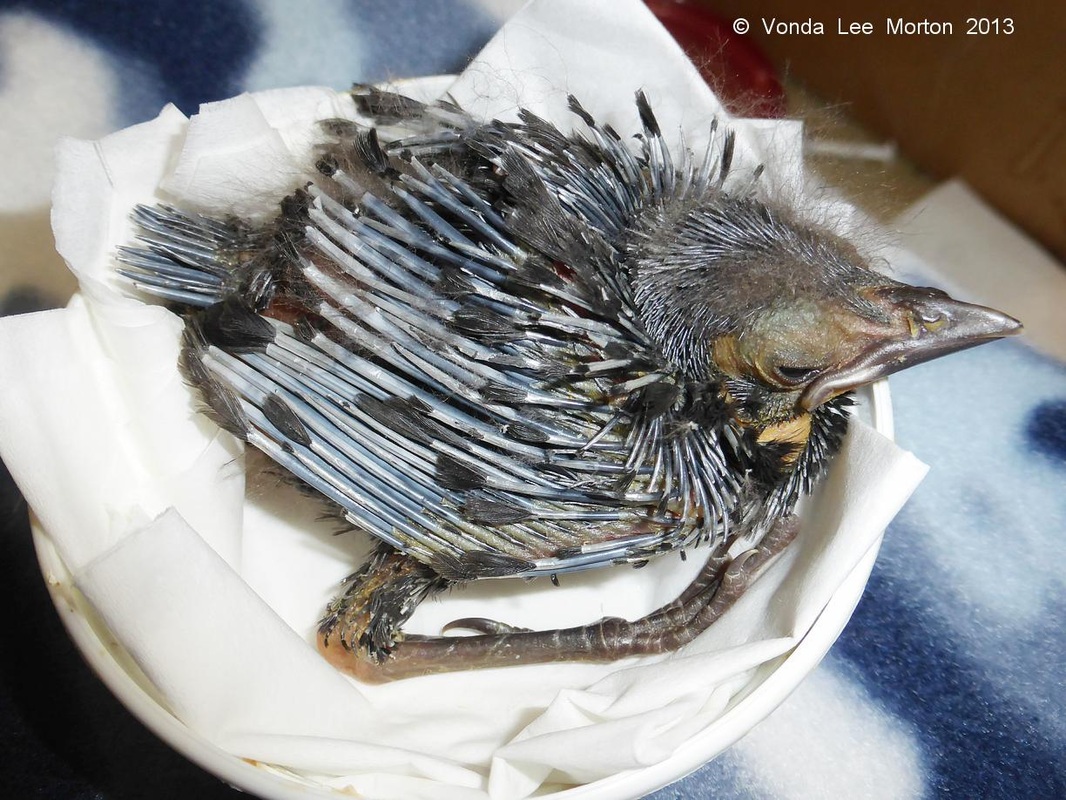
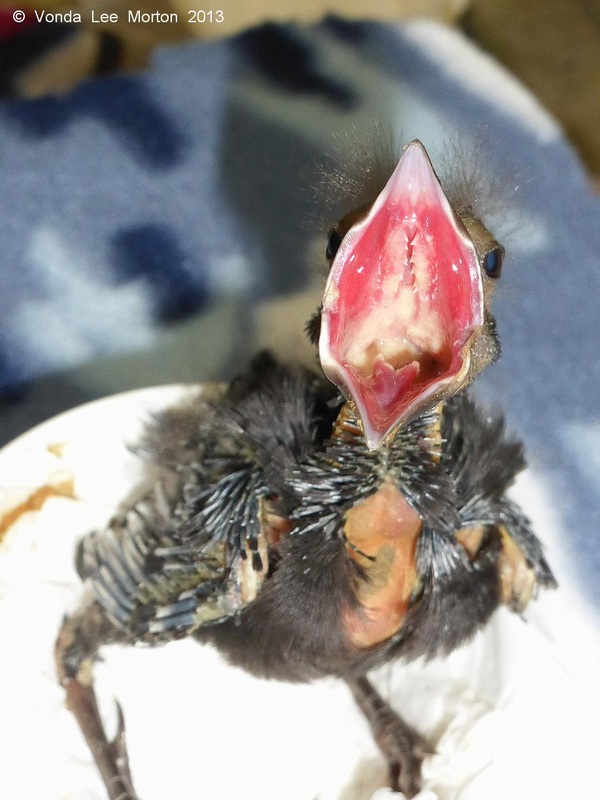
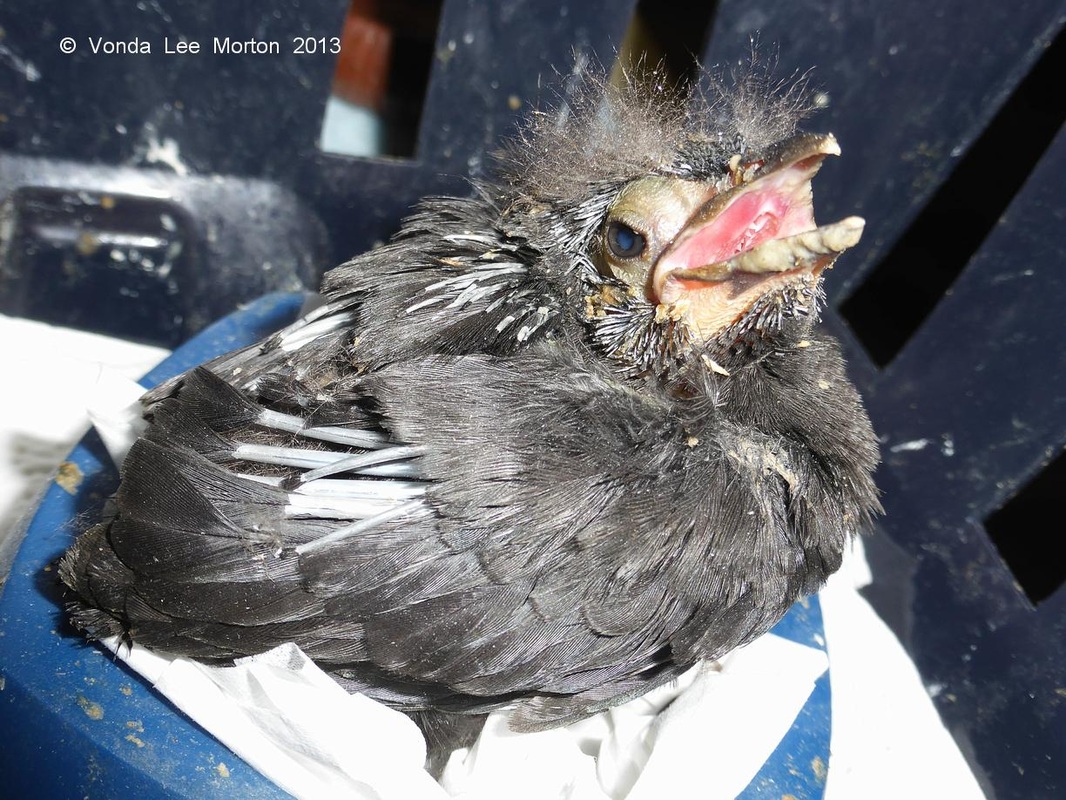
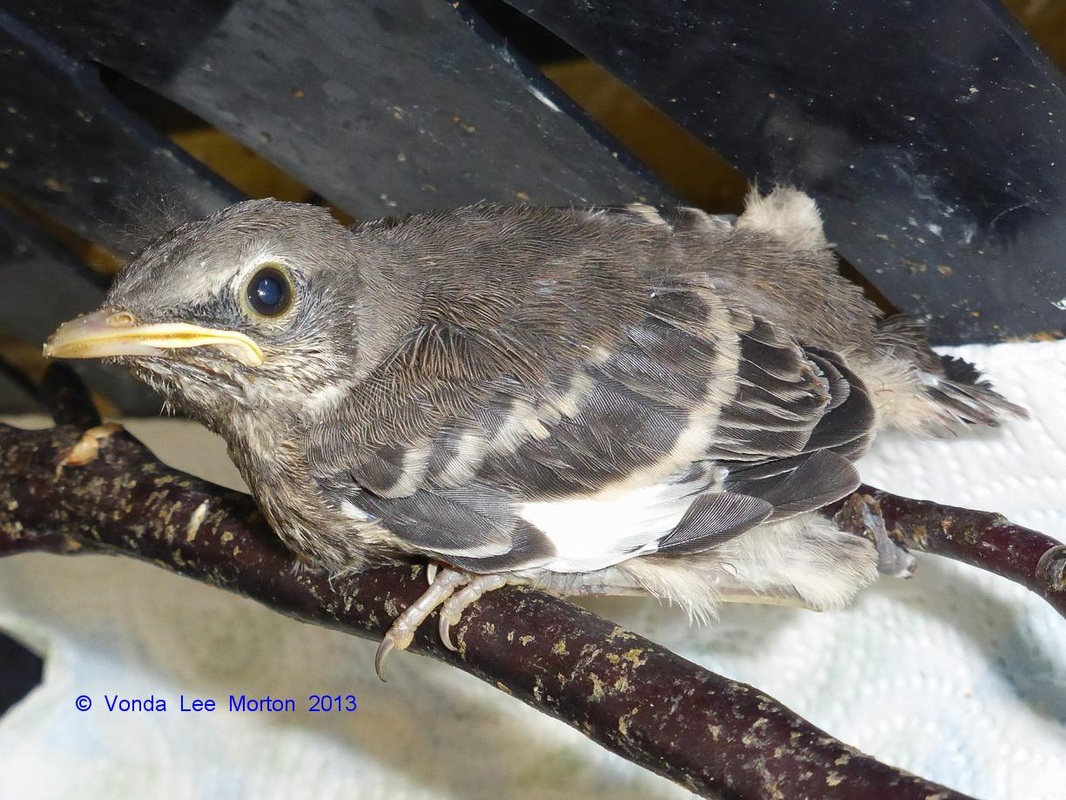
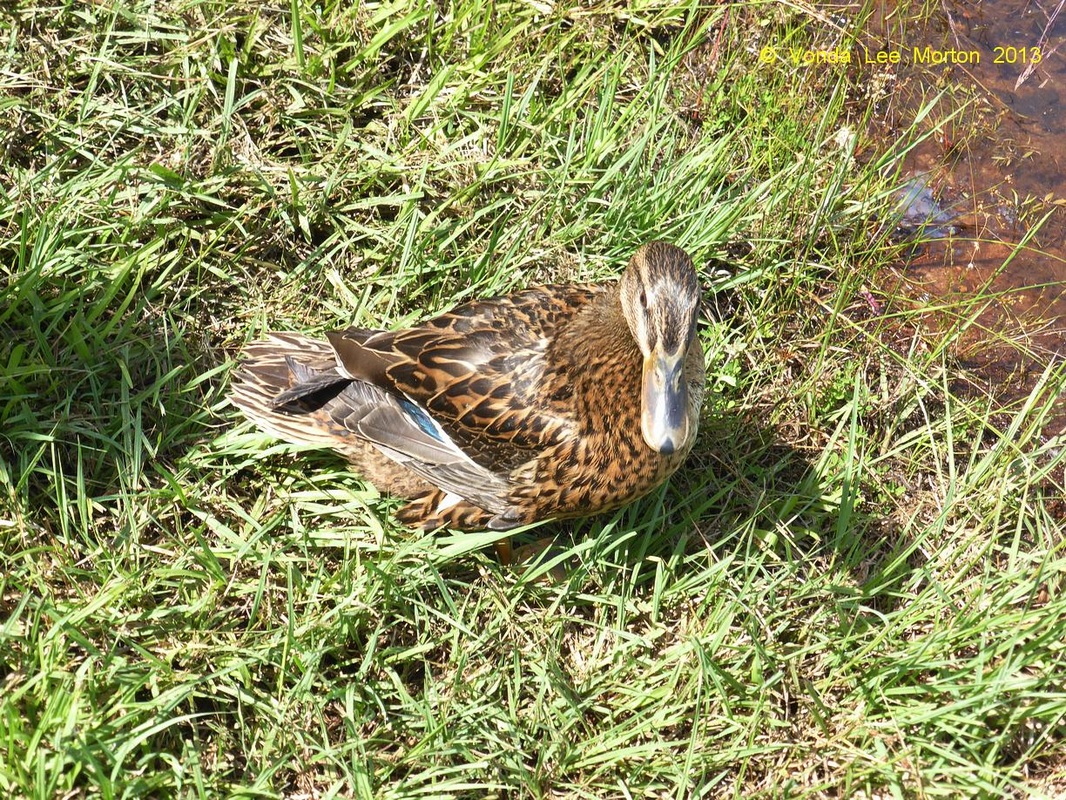
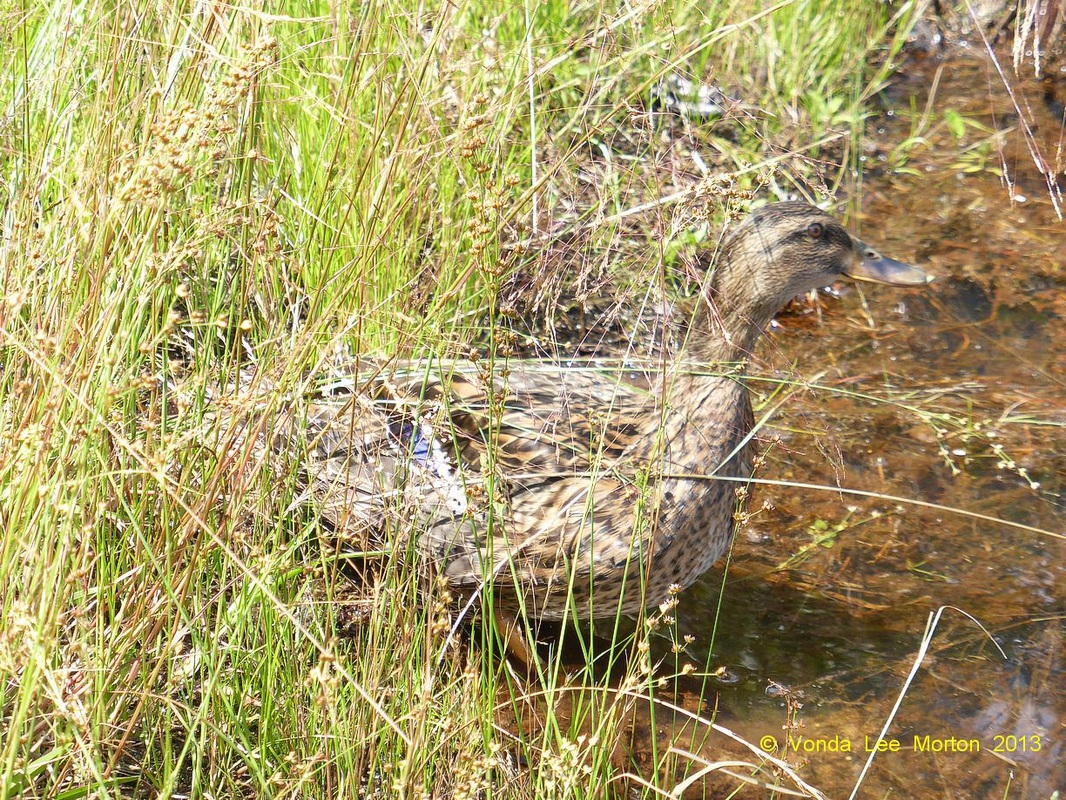
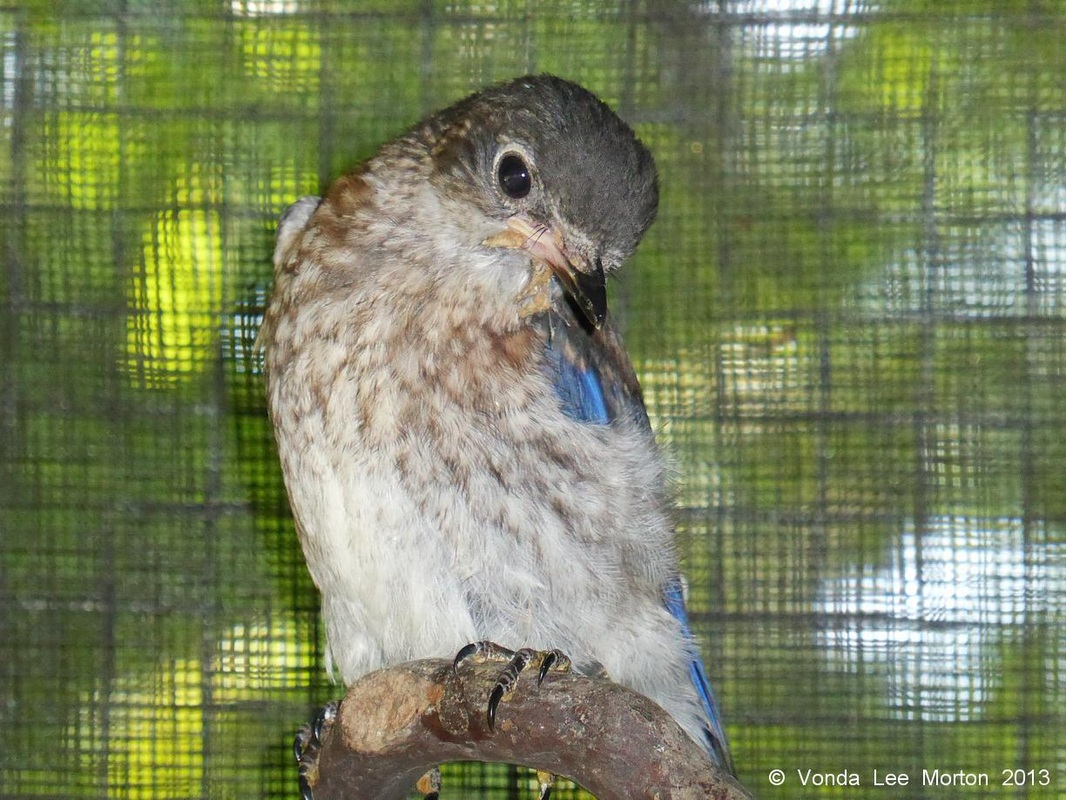
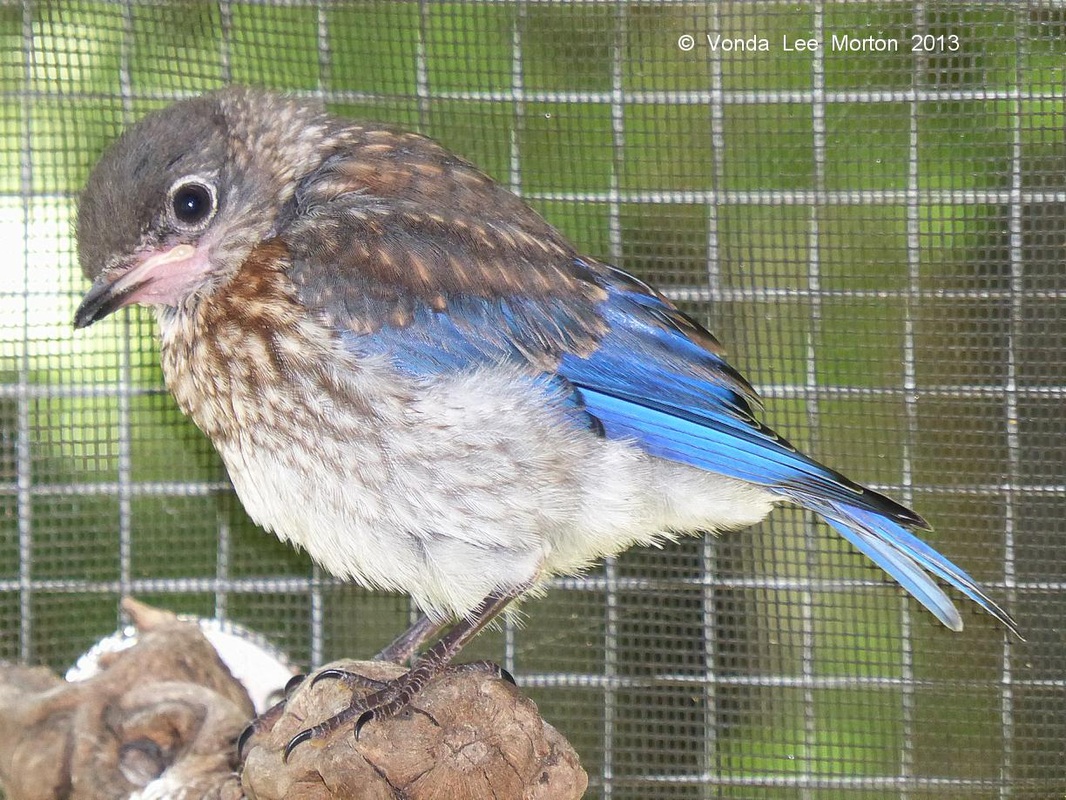
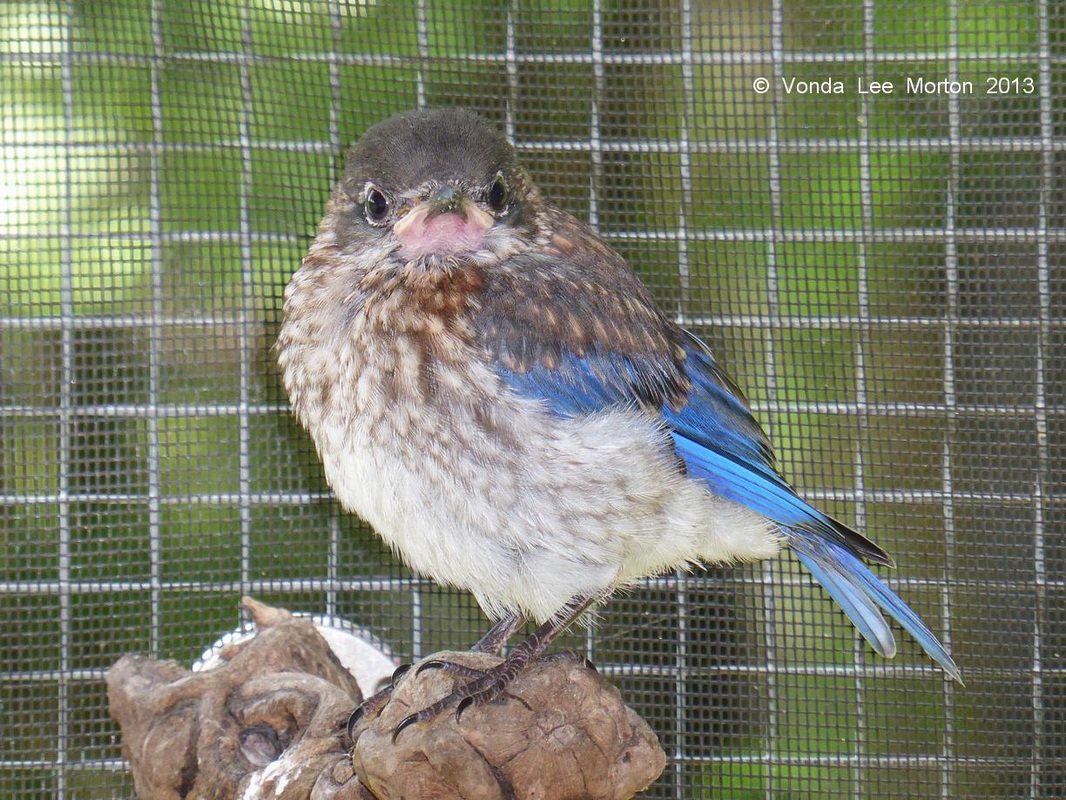
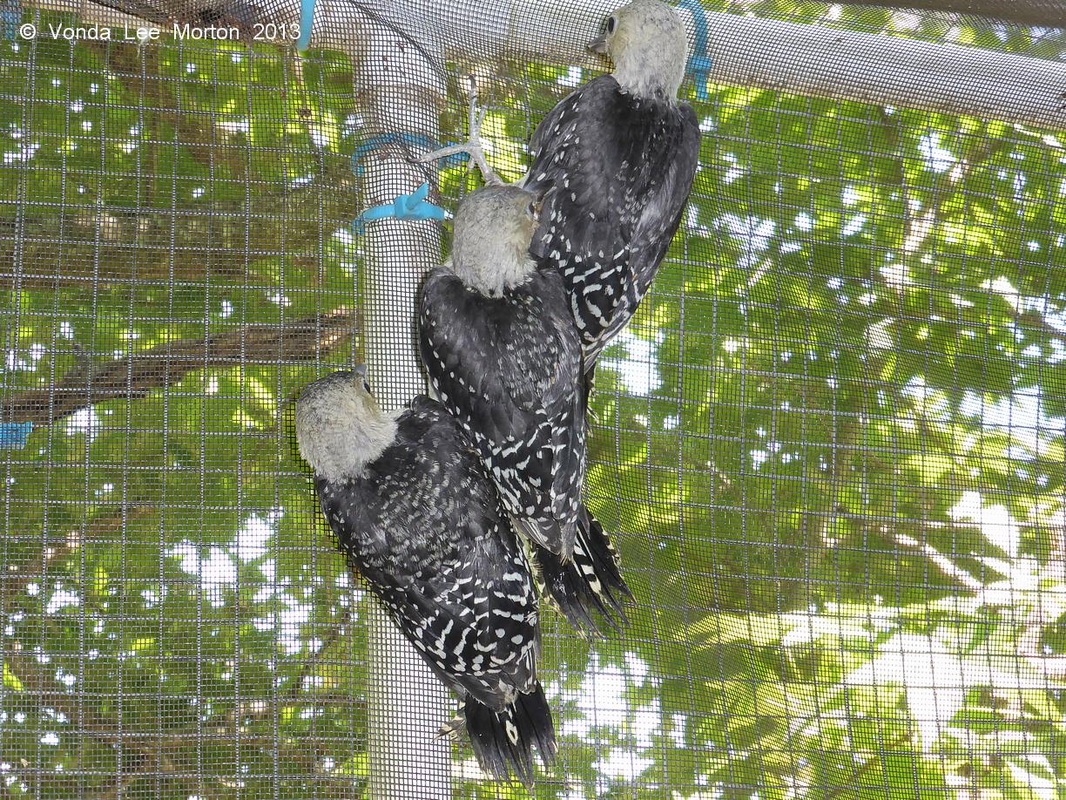
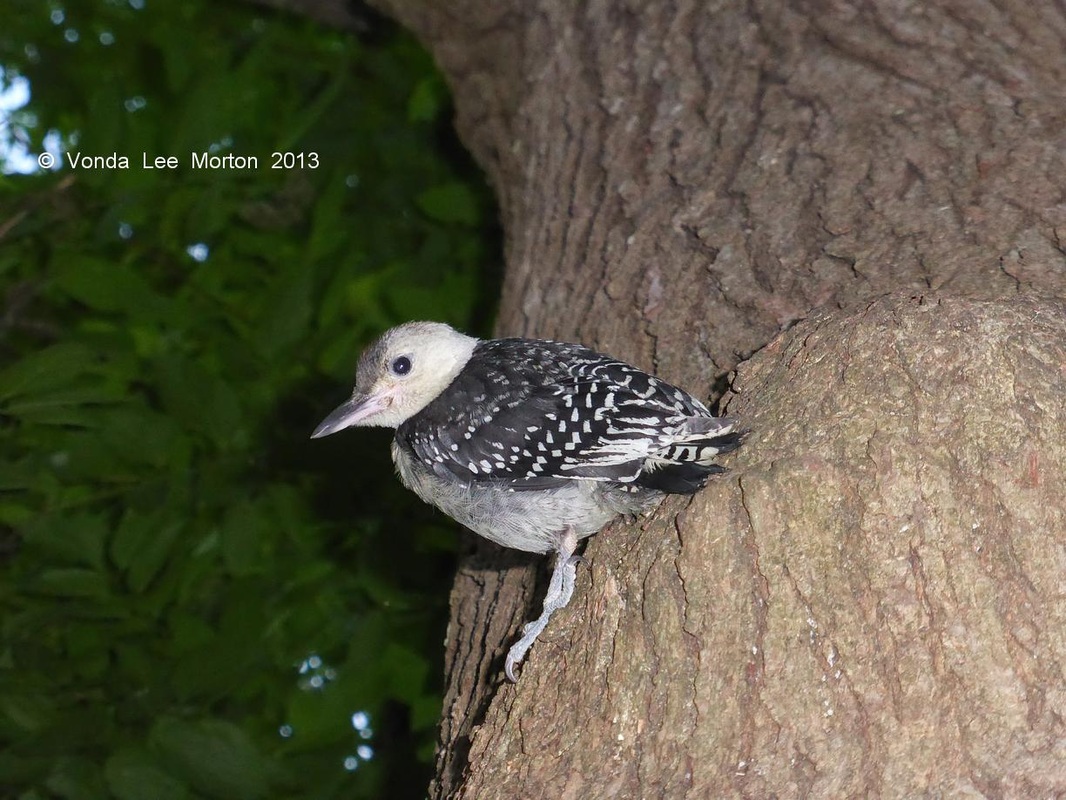
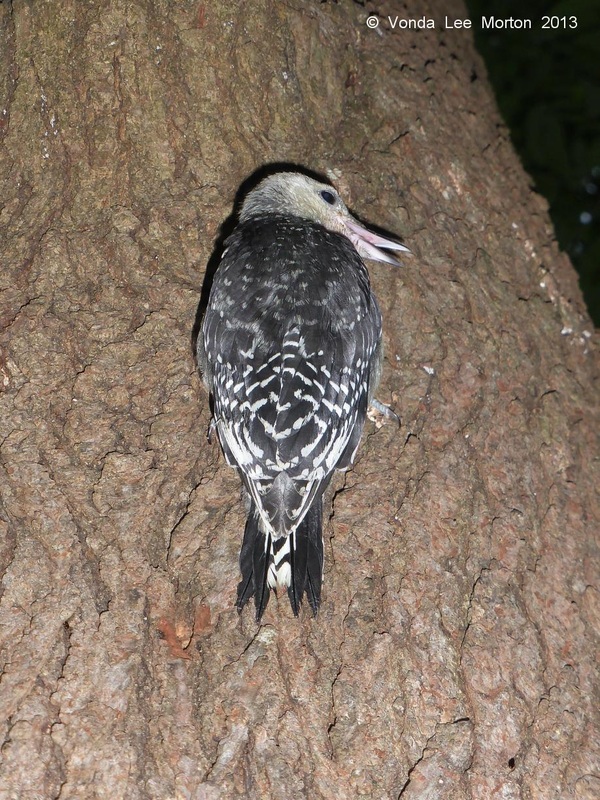
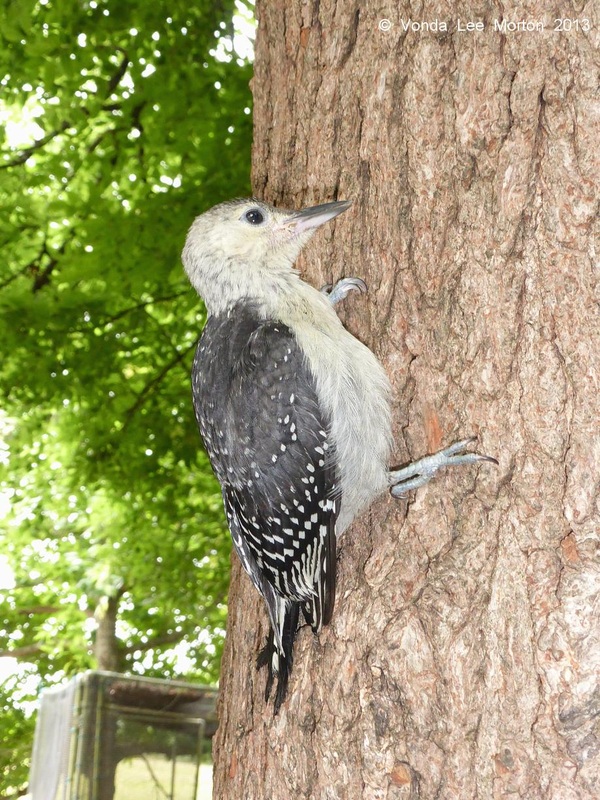
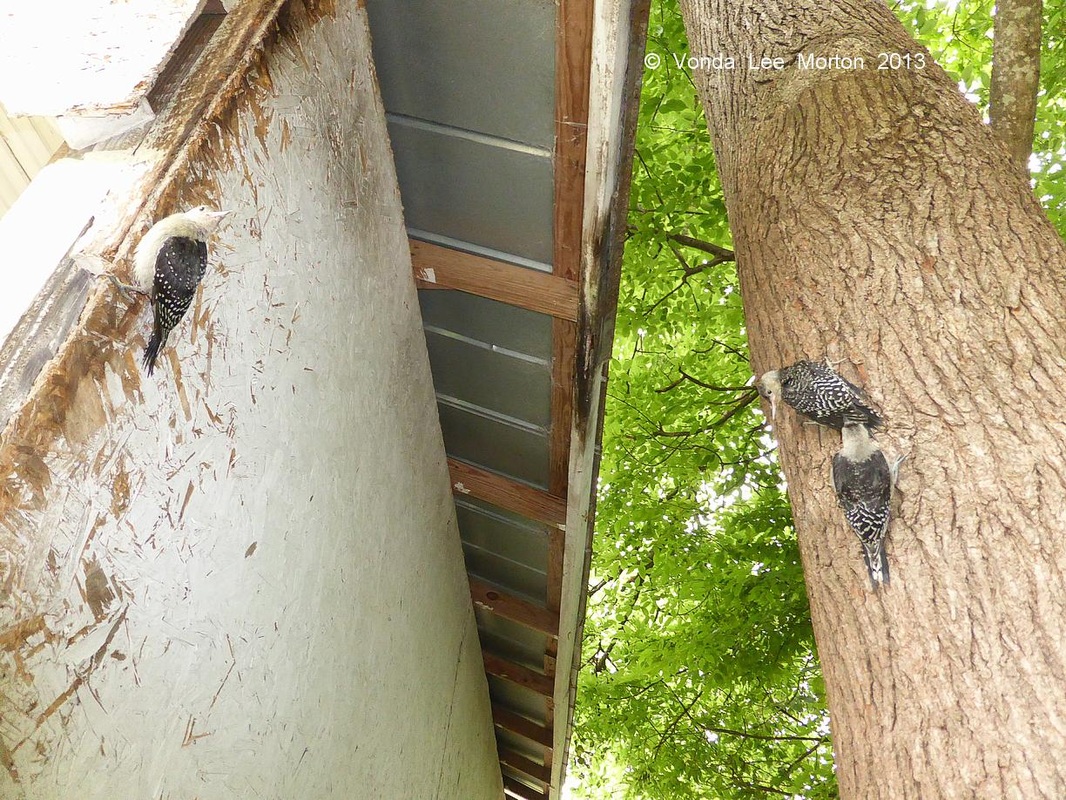



 RSS Feed
RSS Feed
